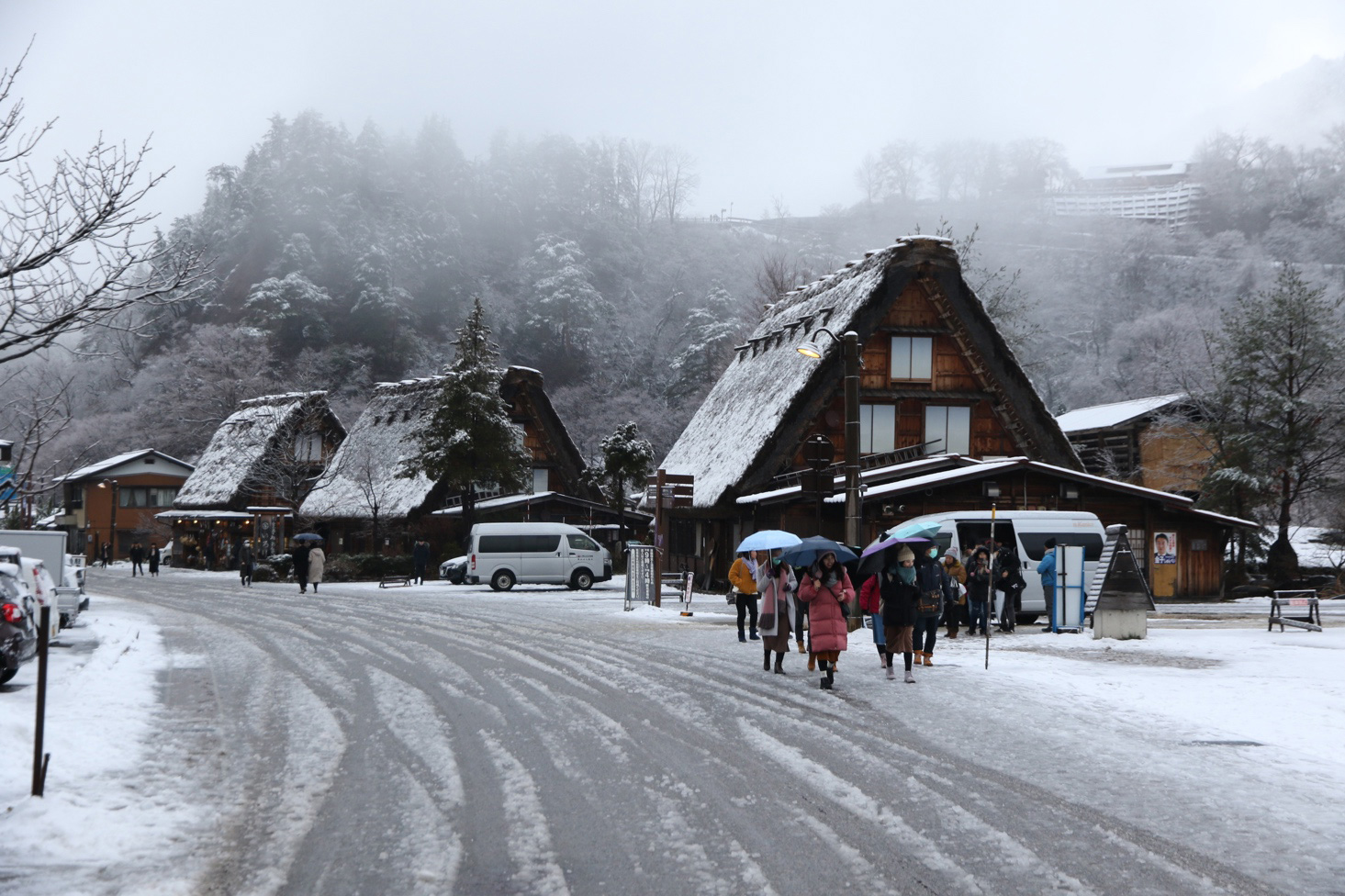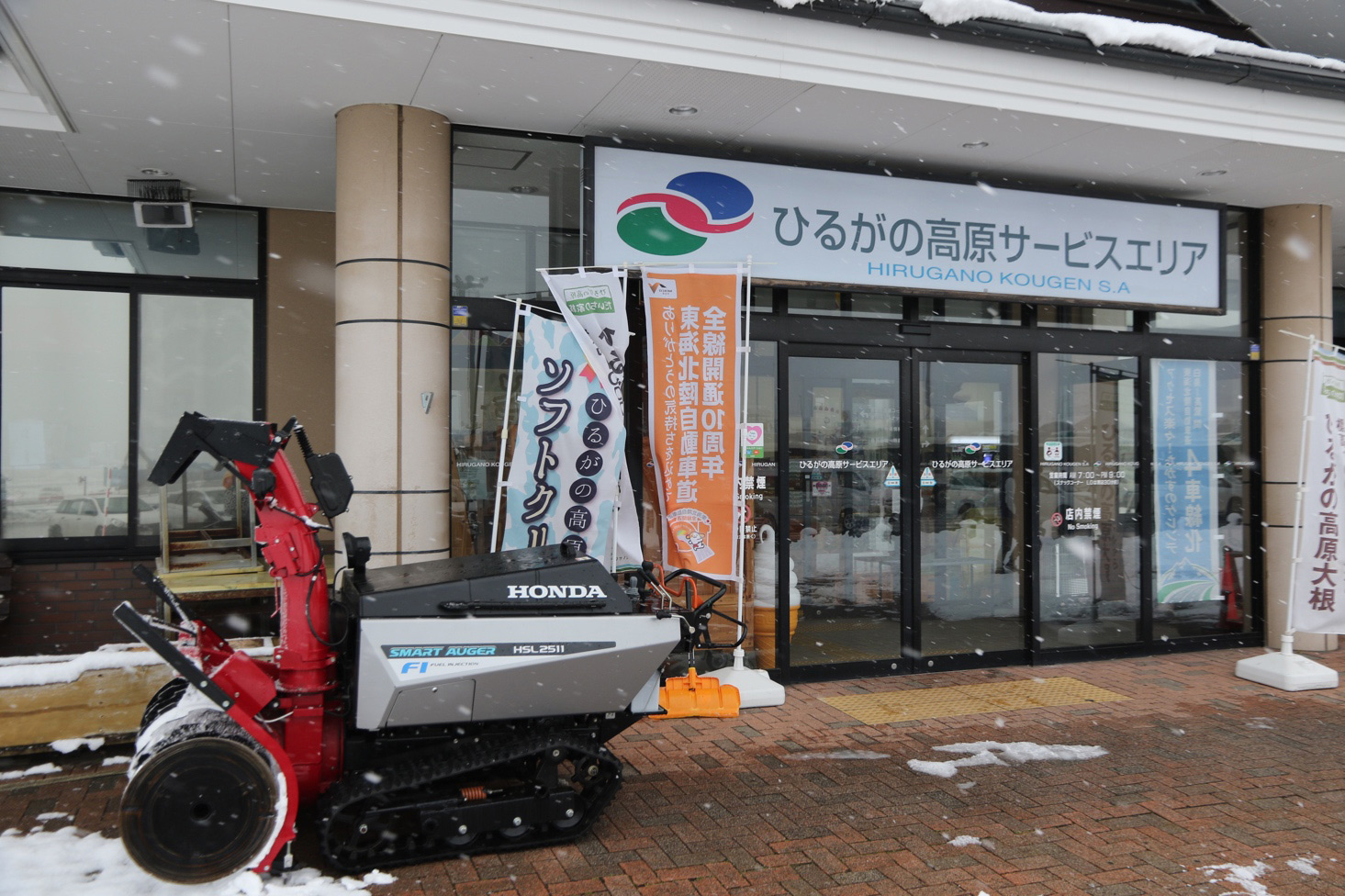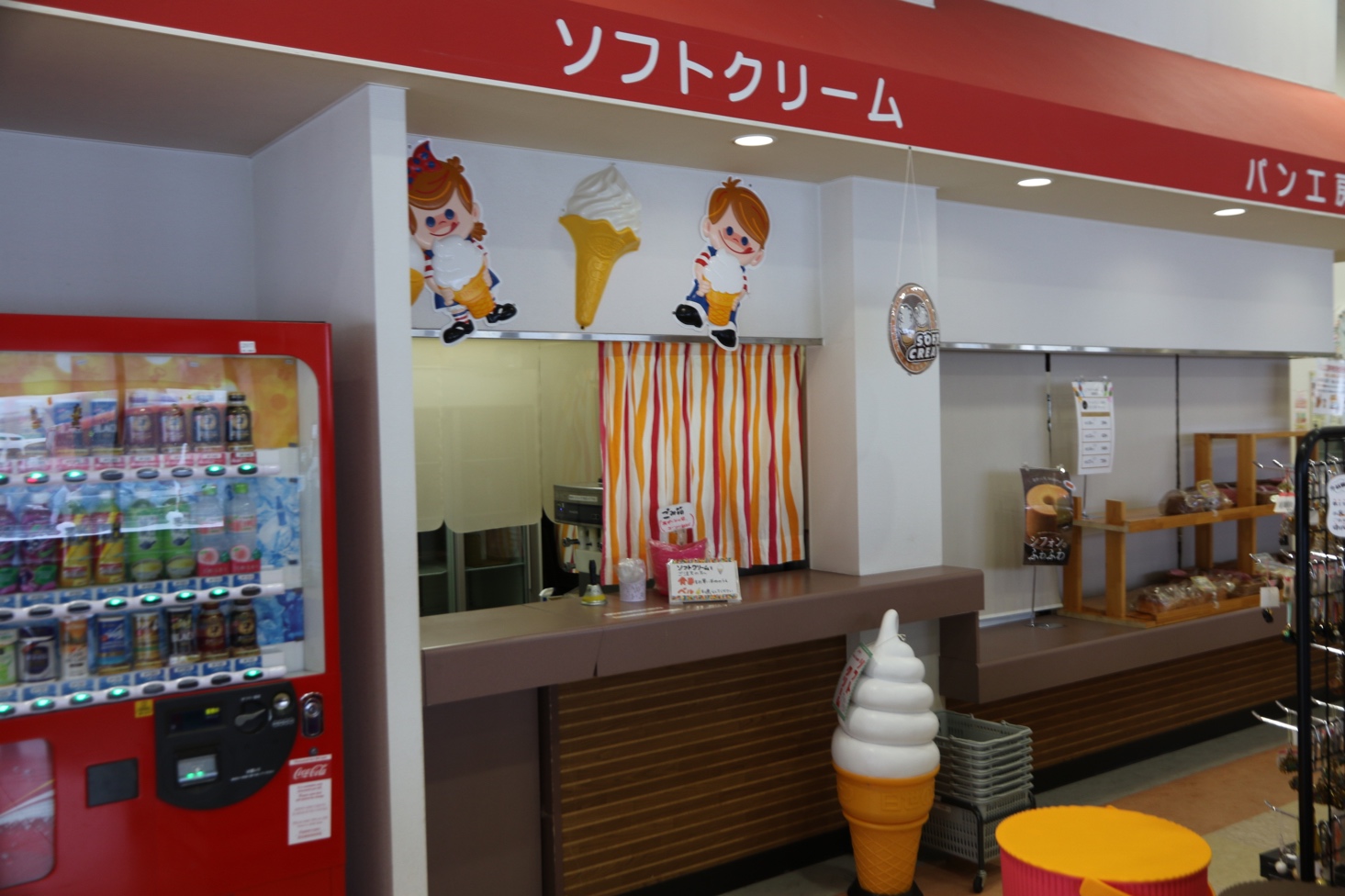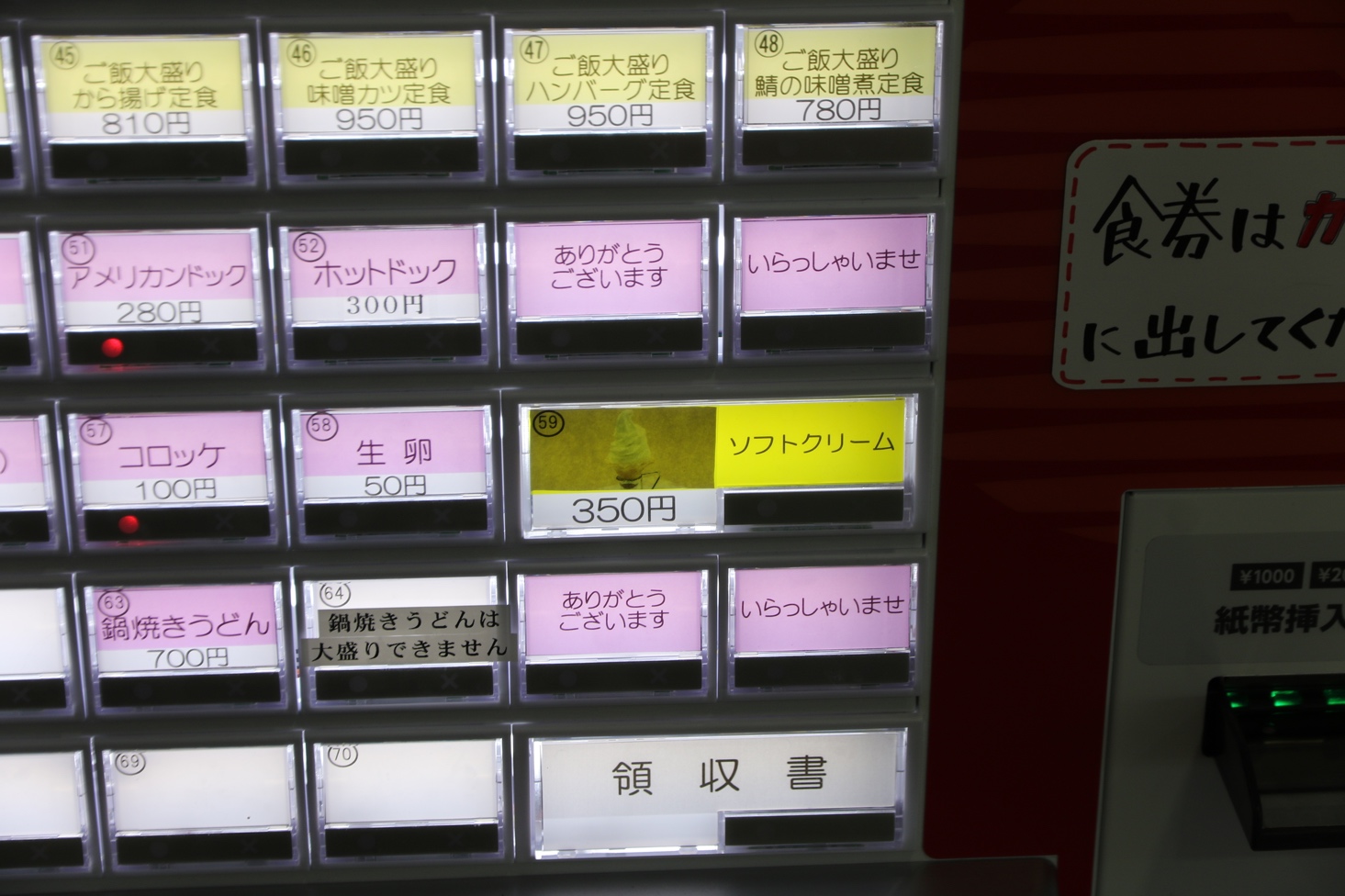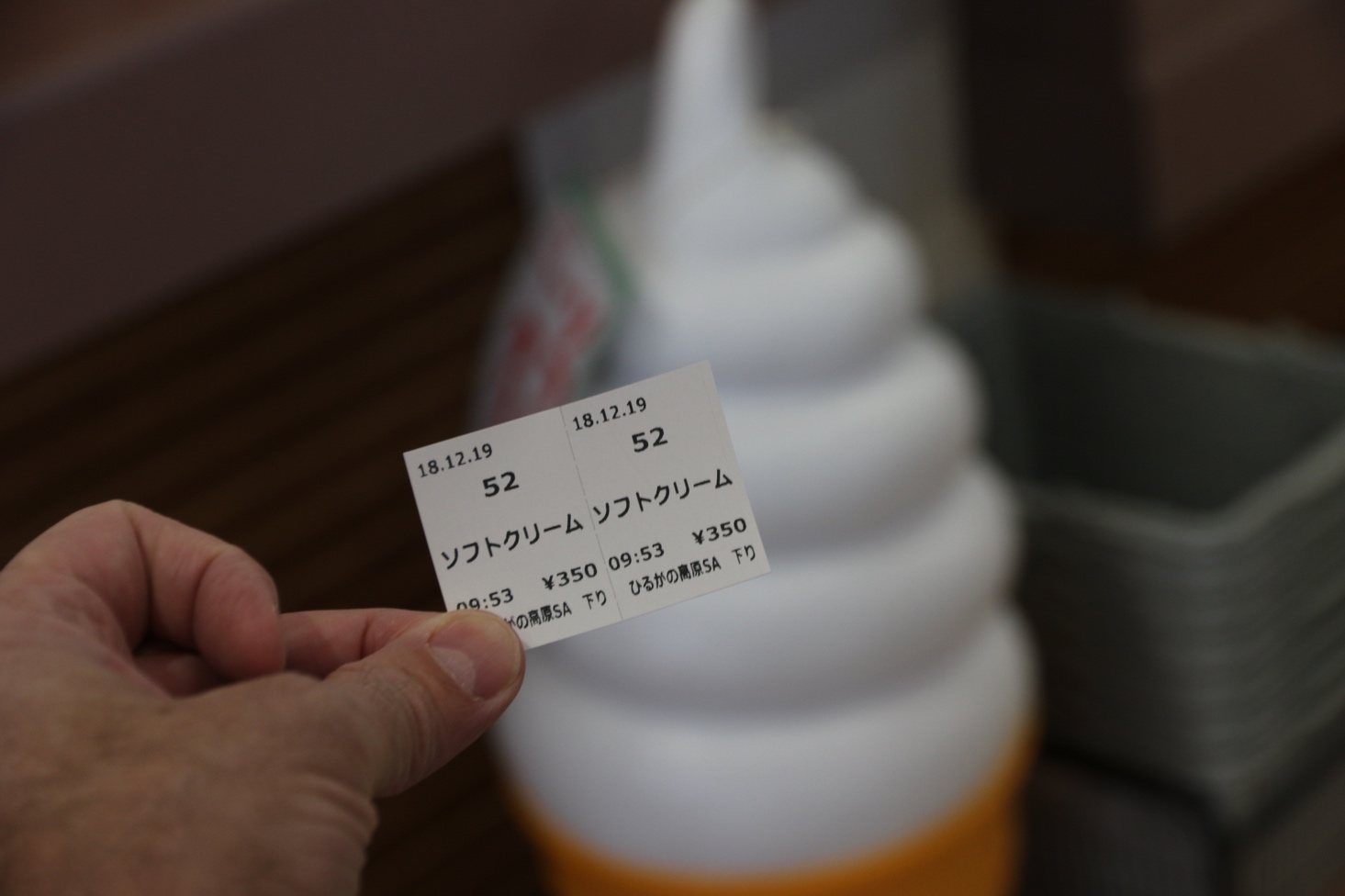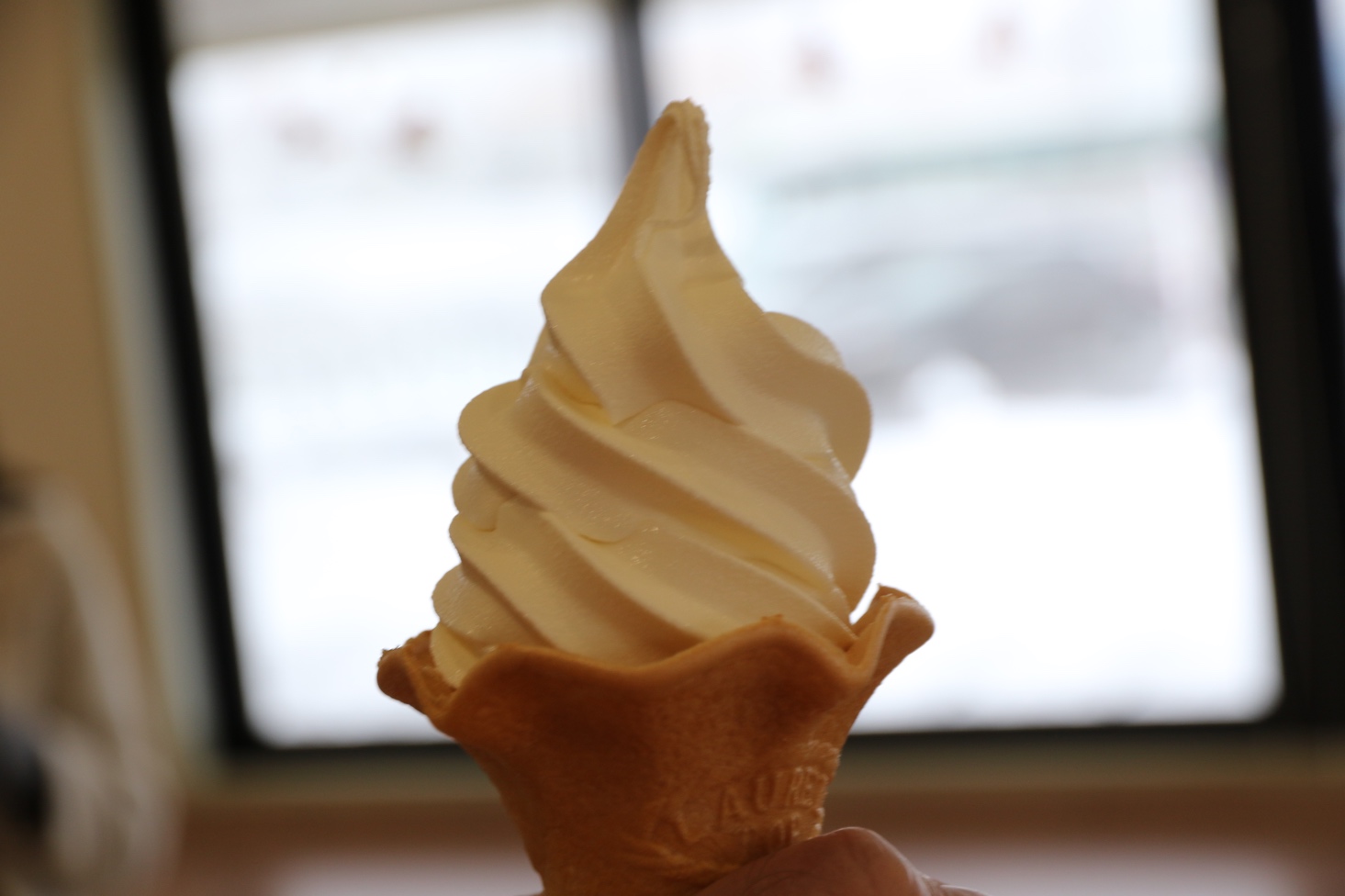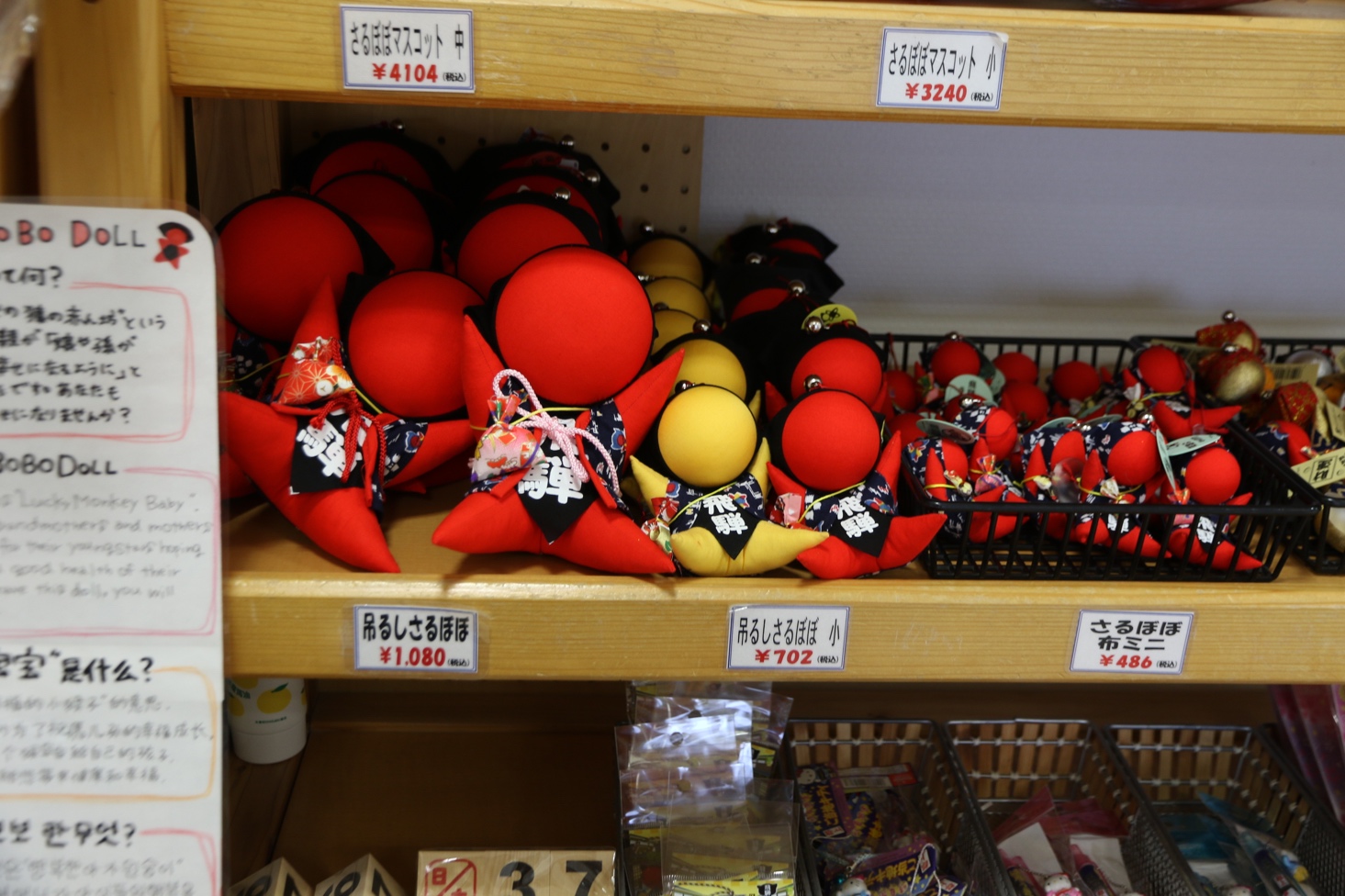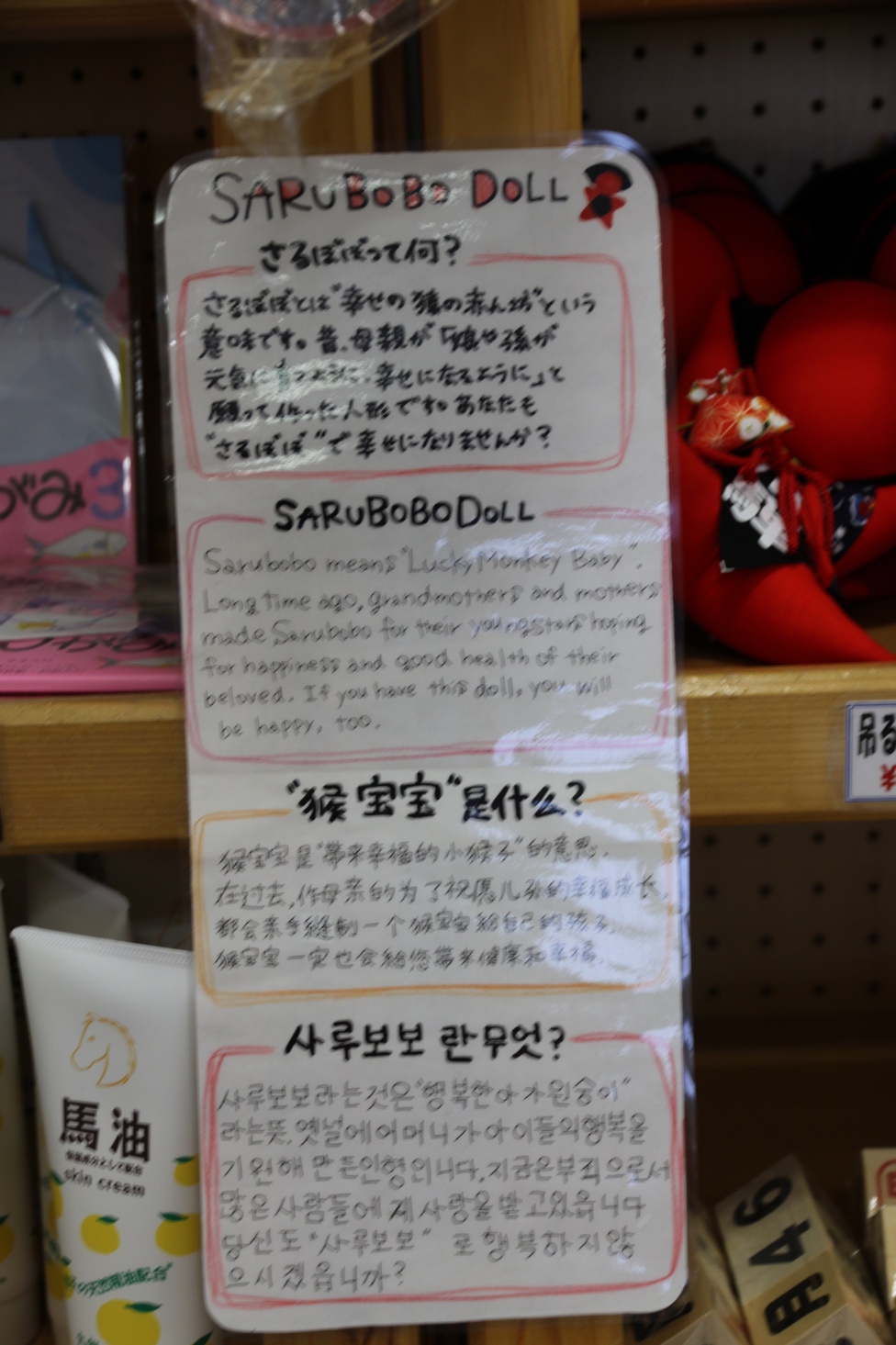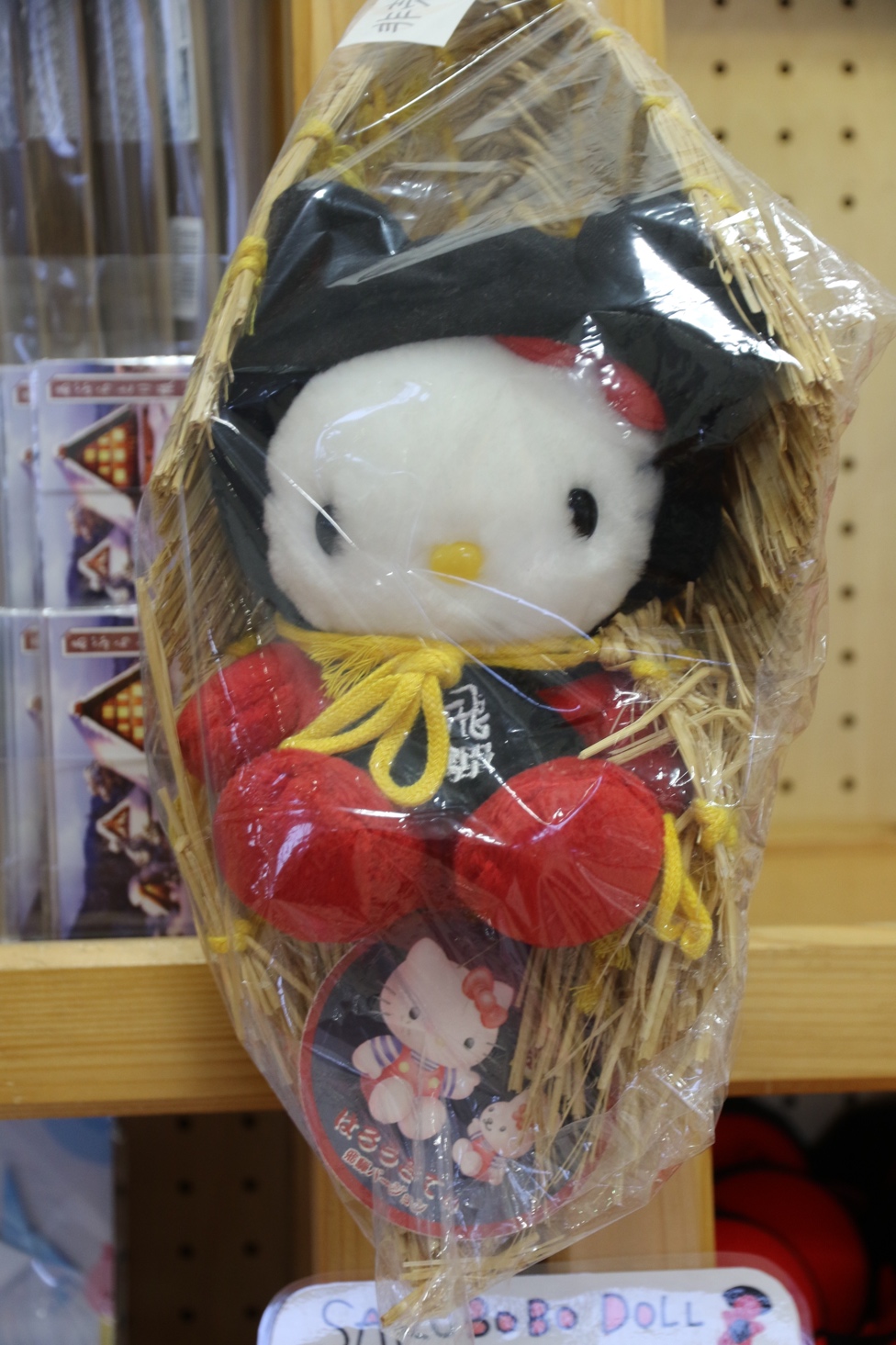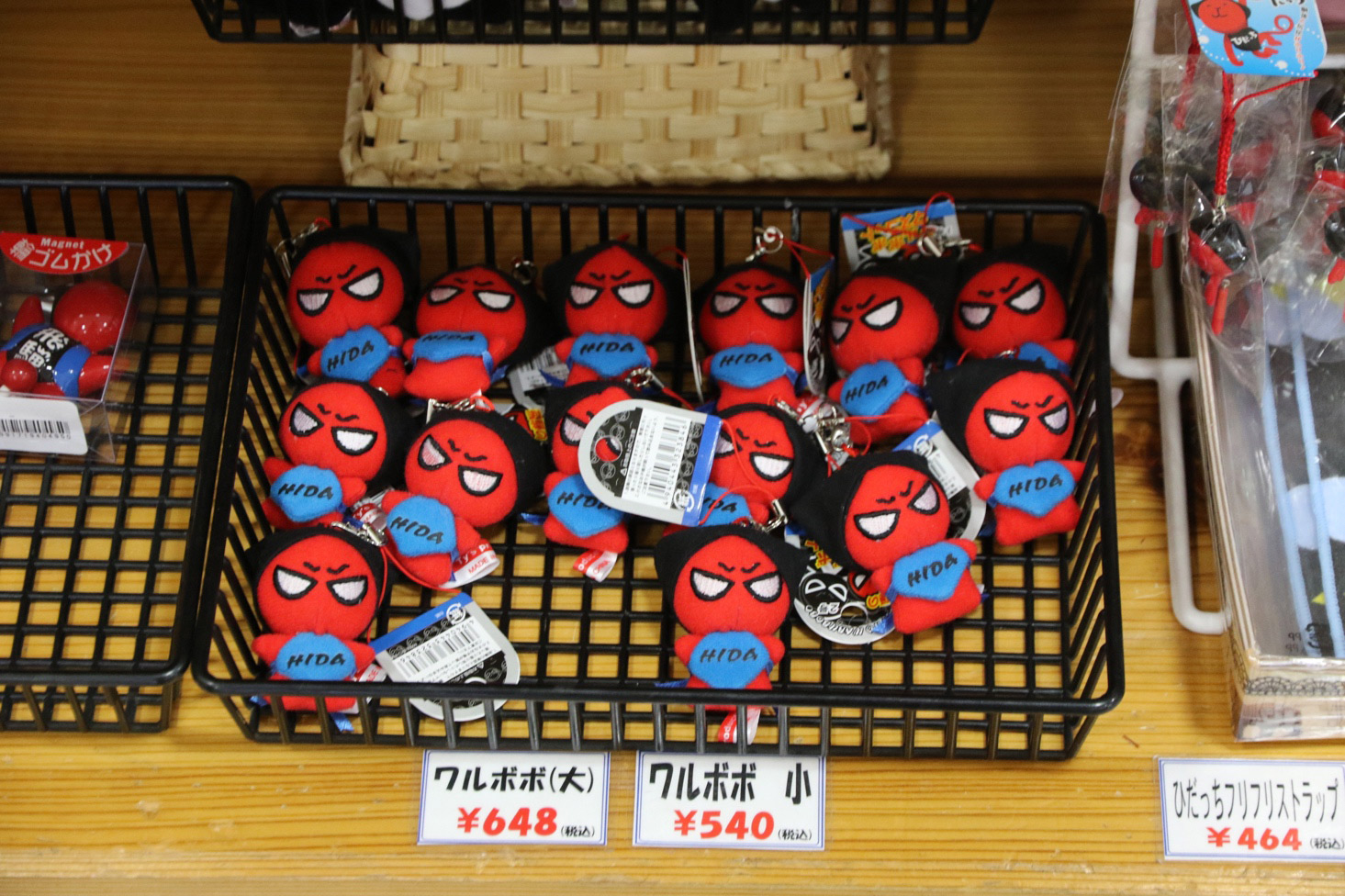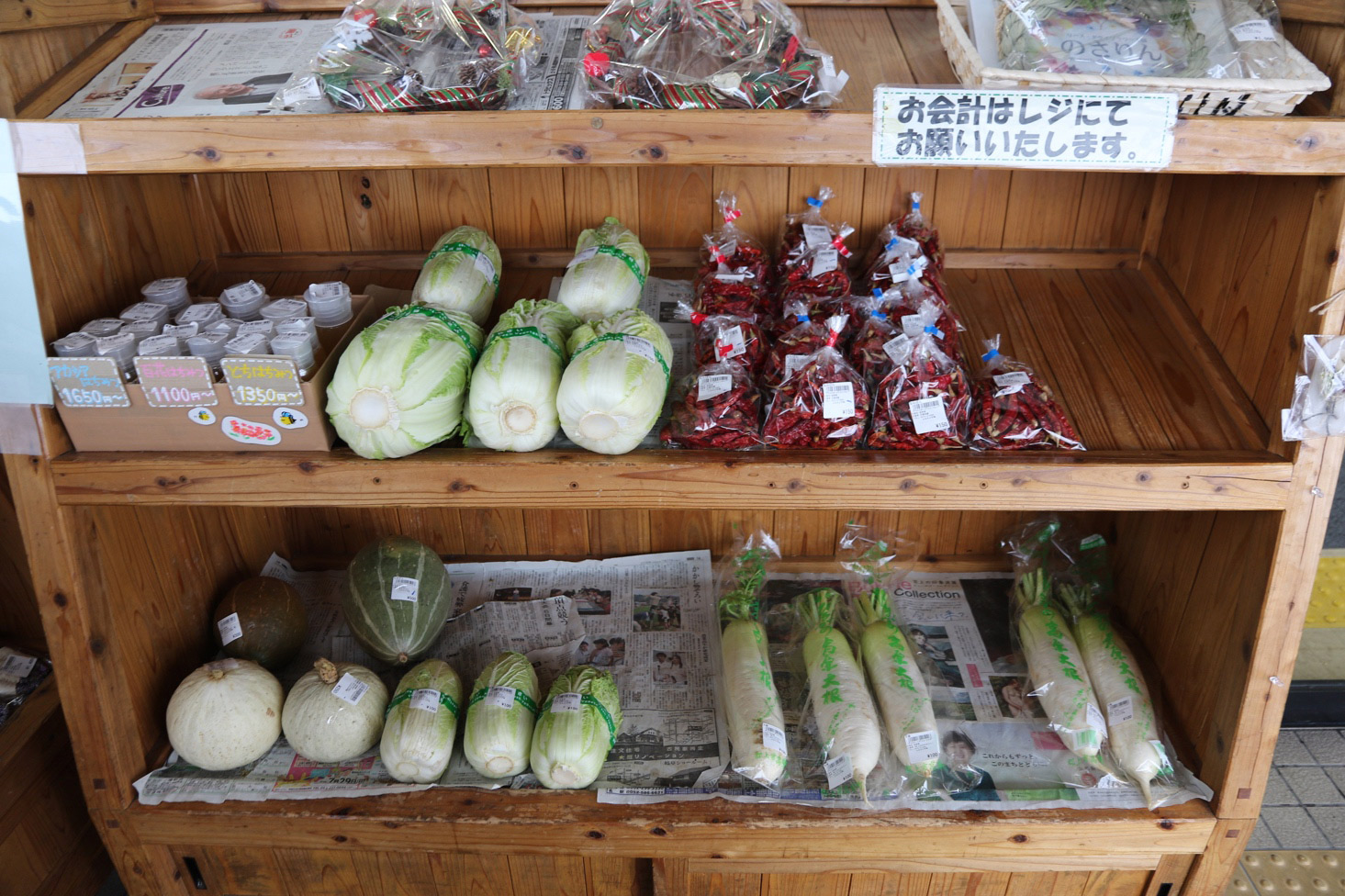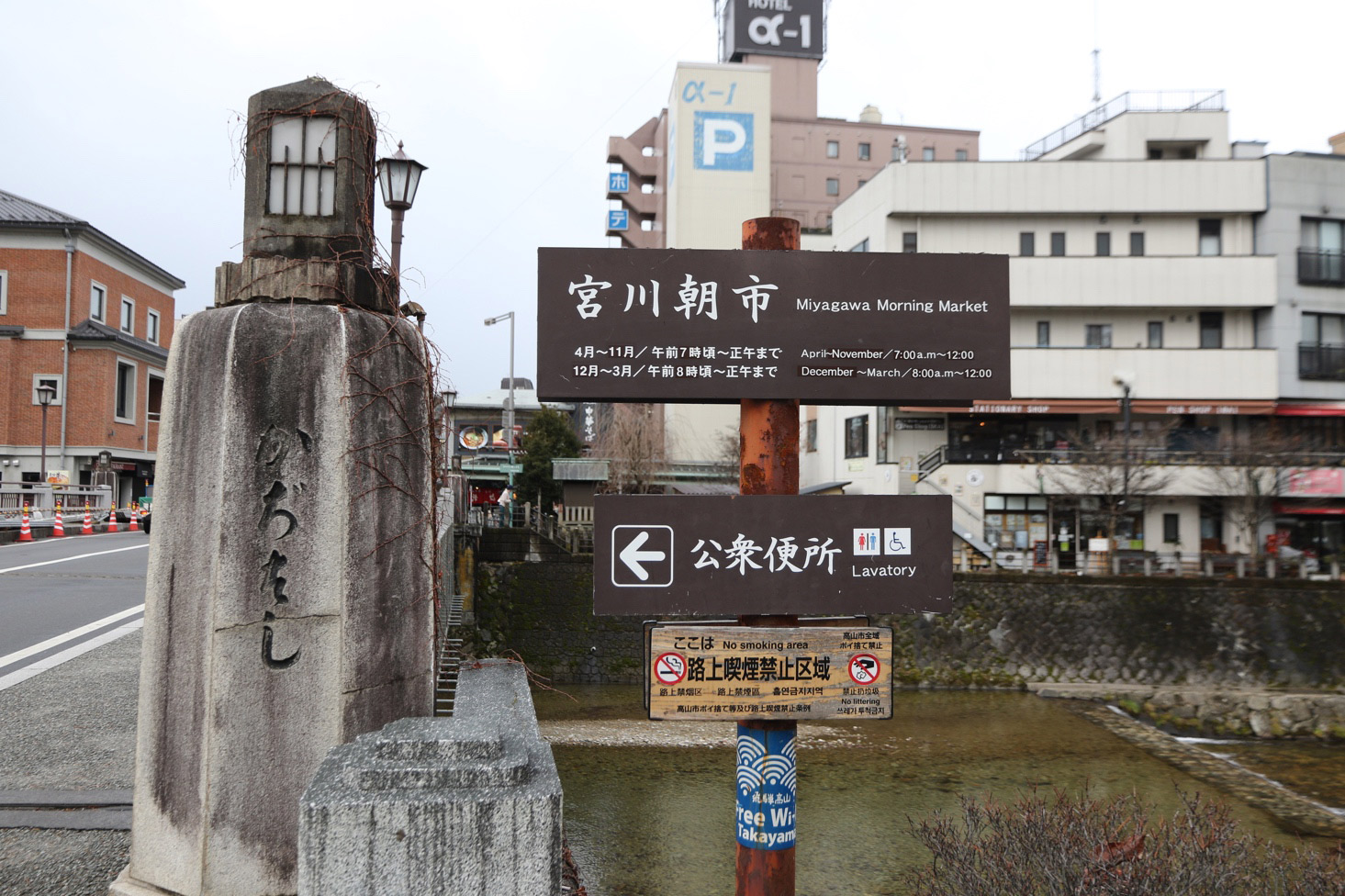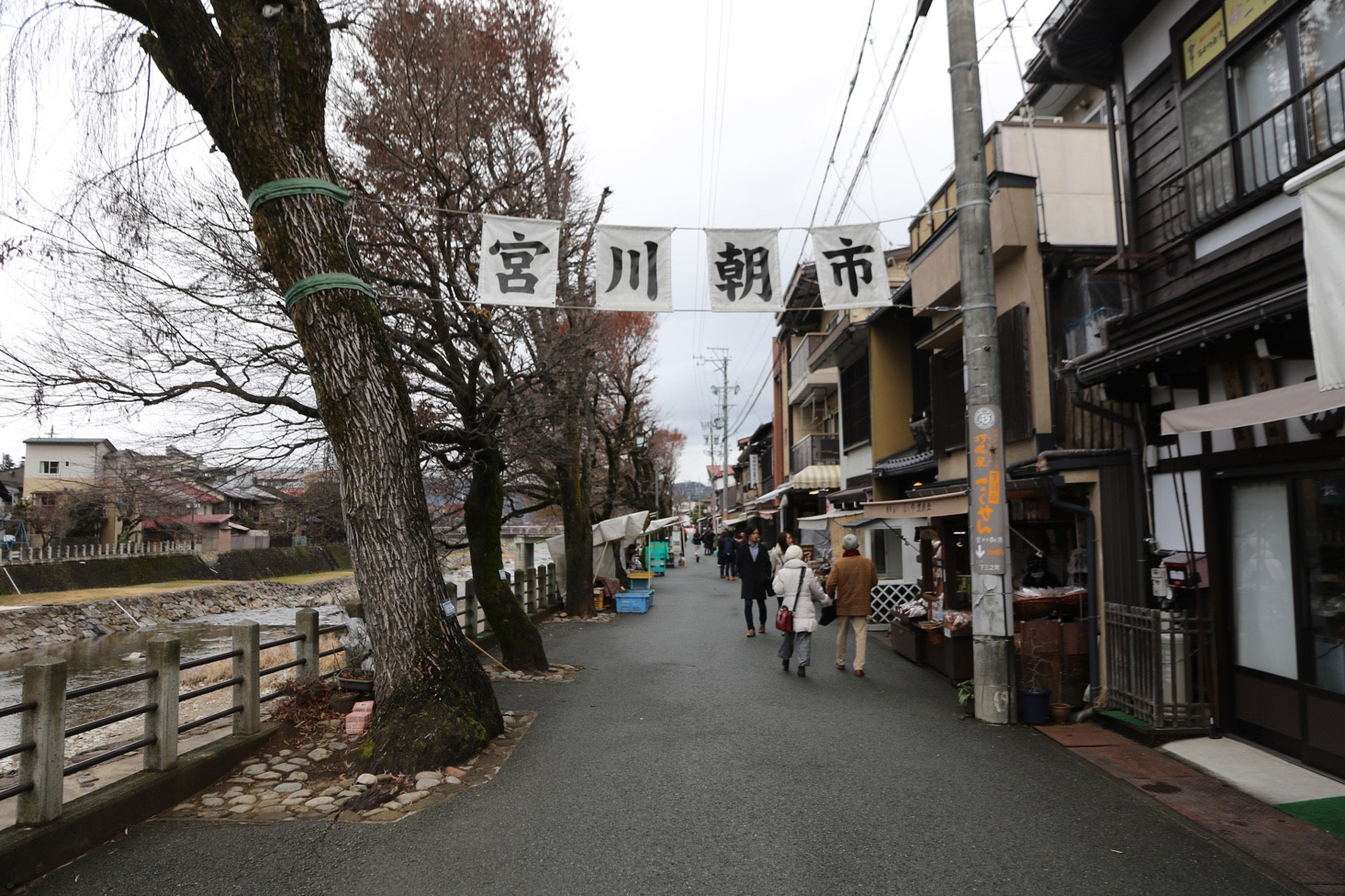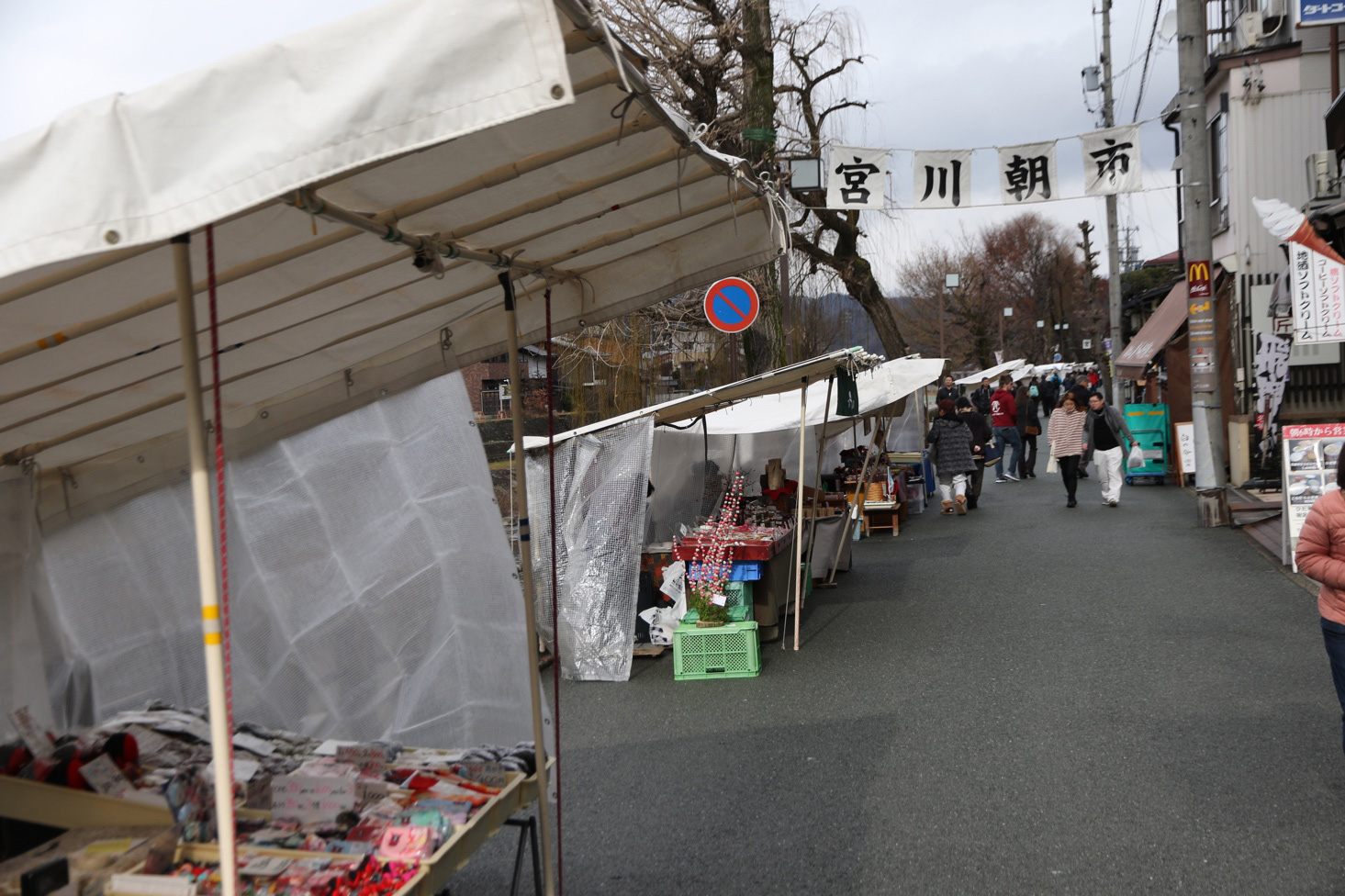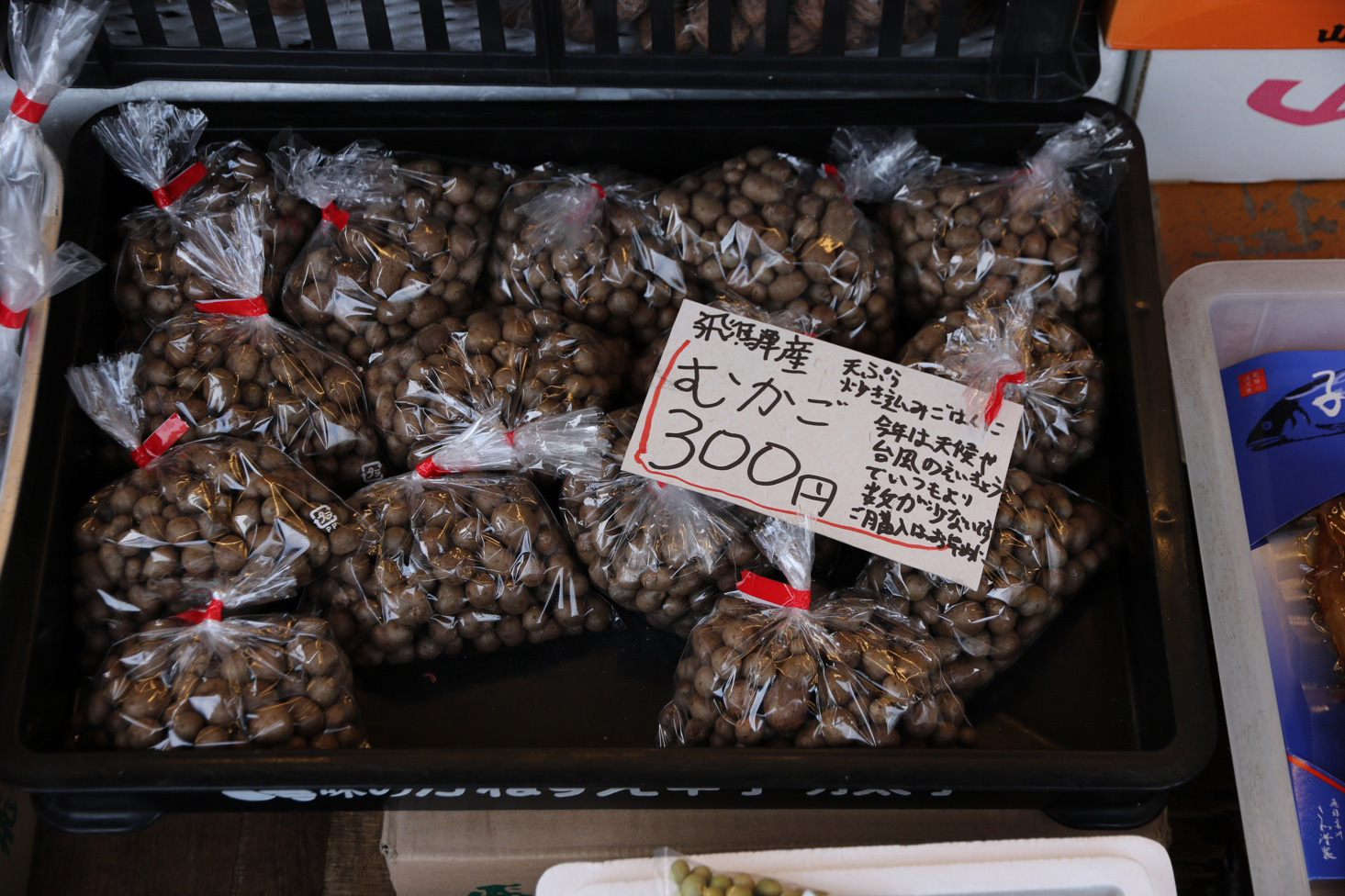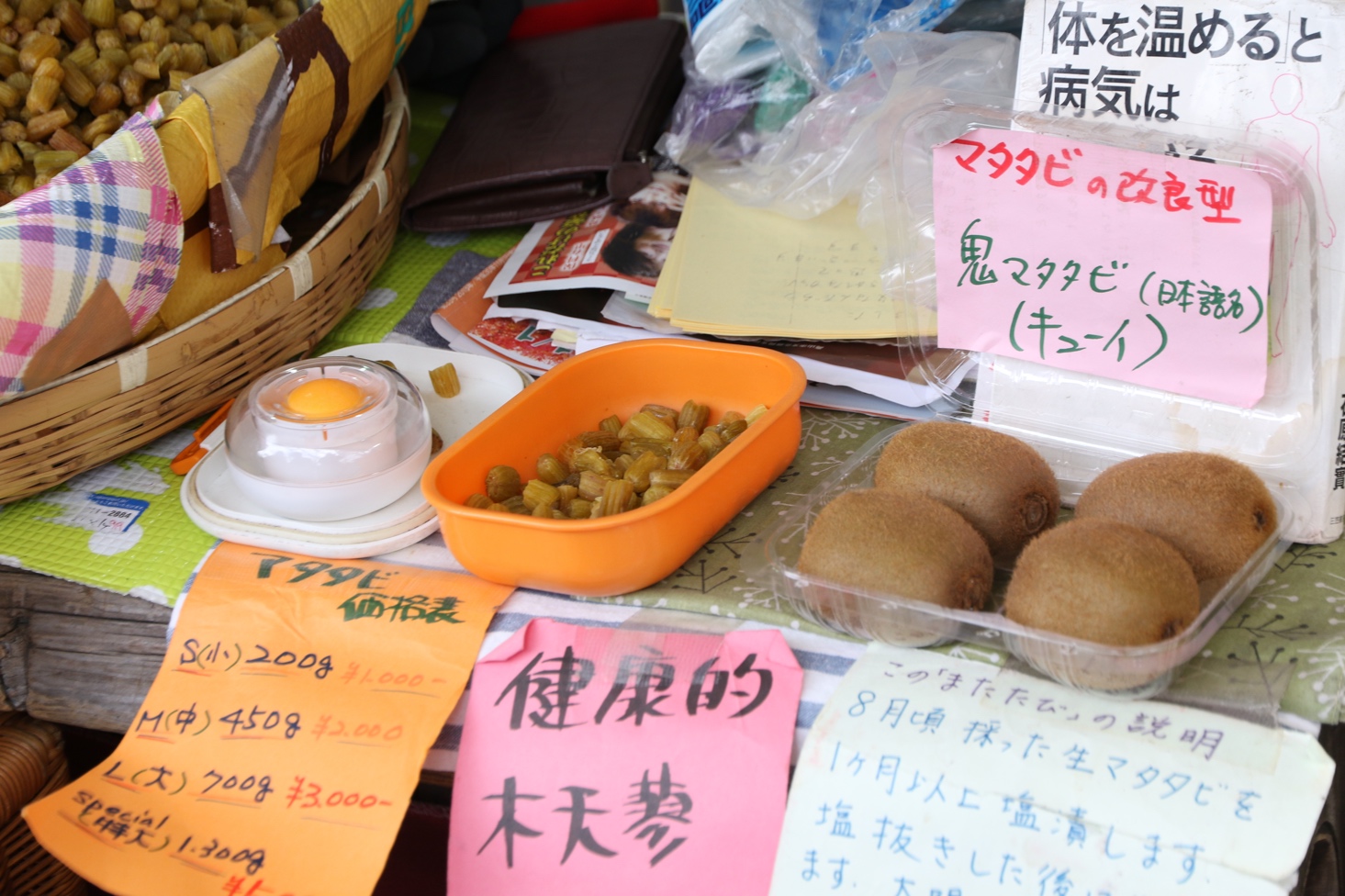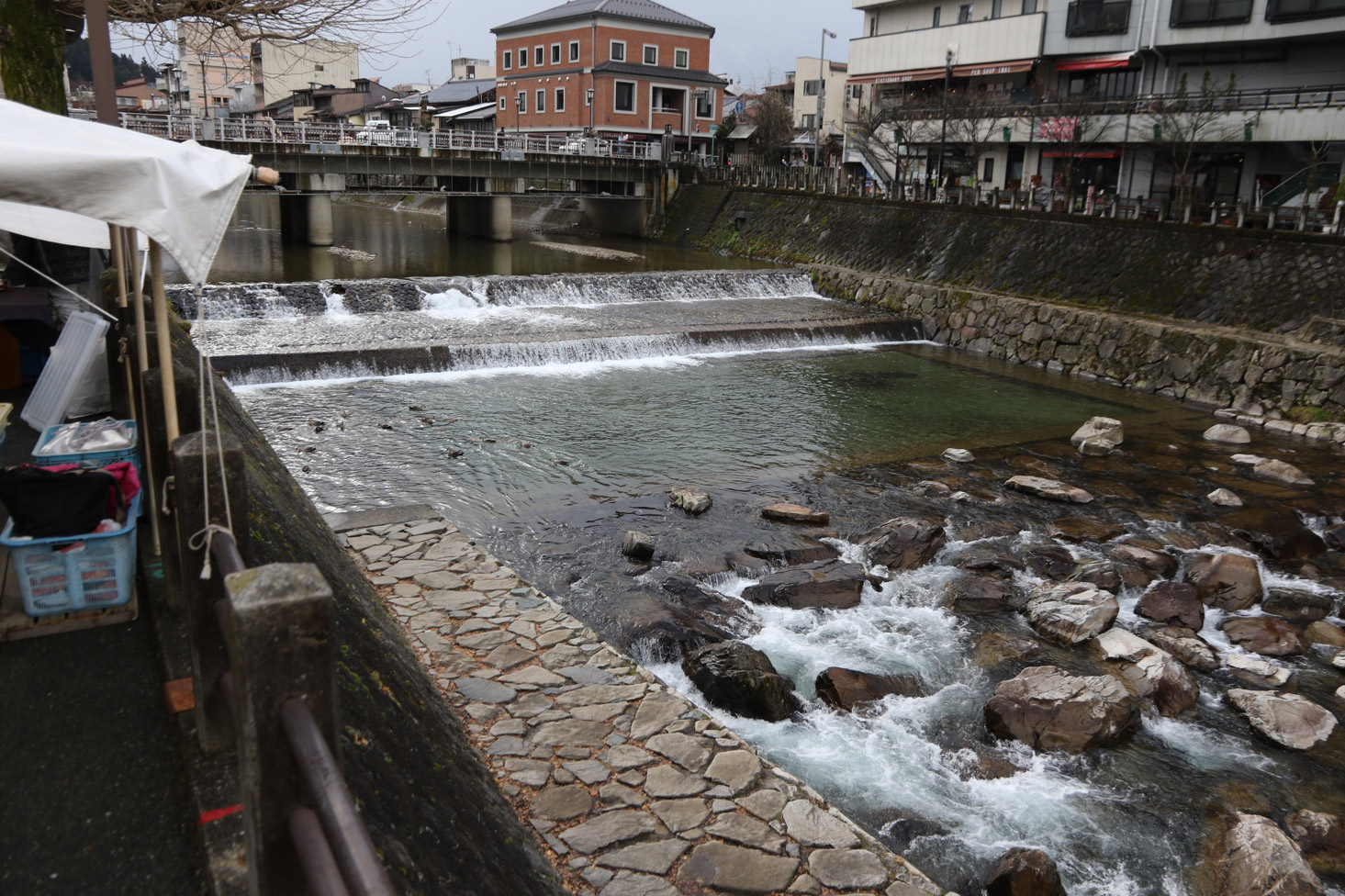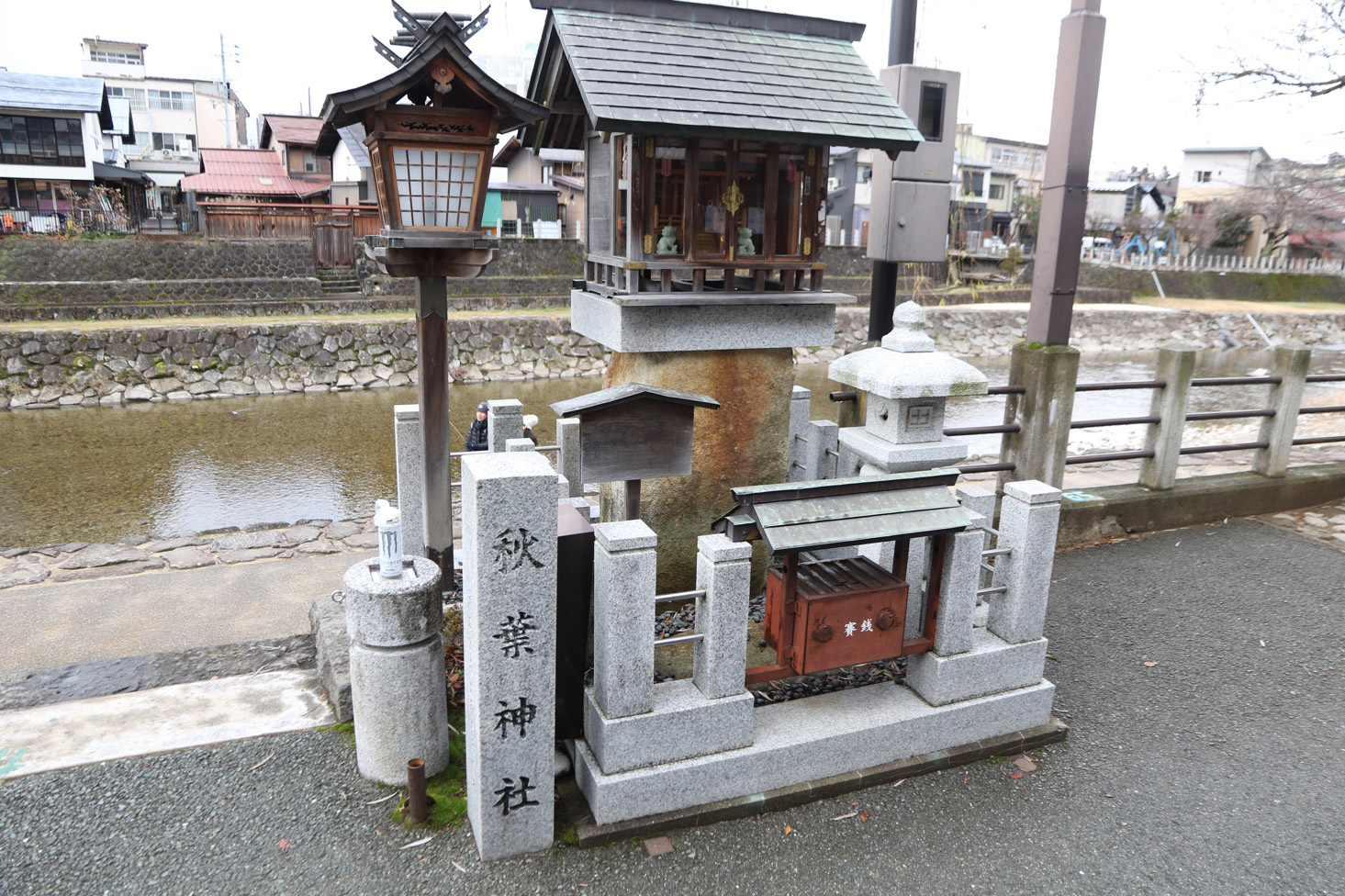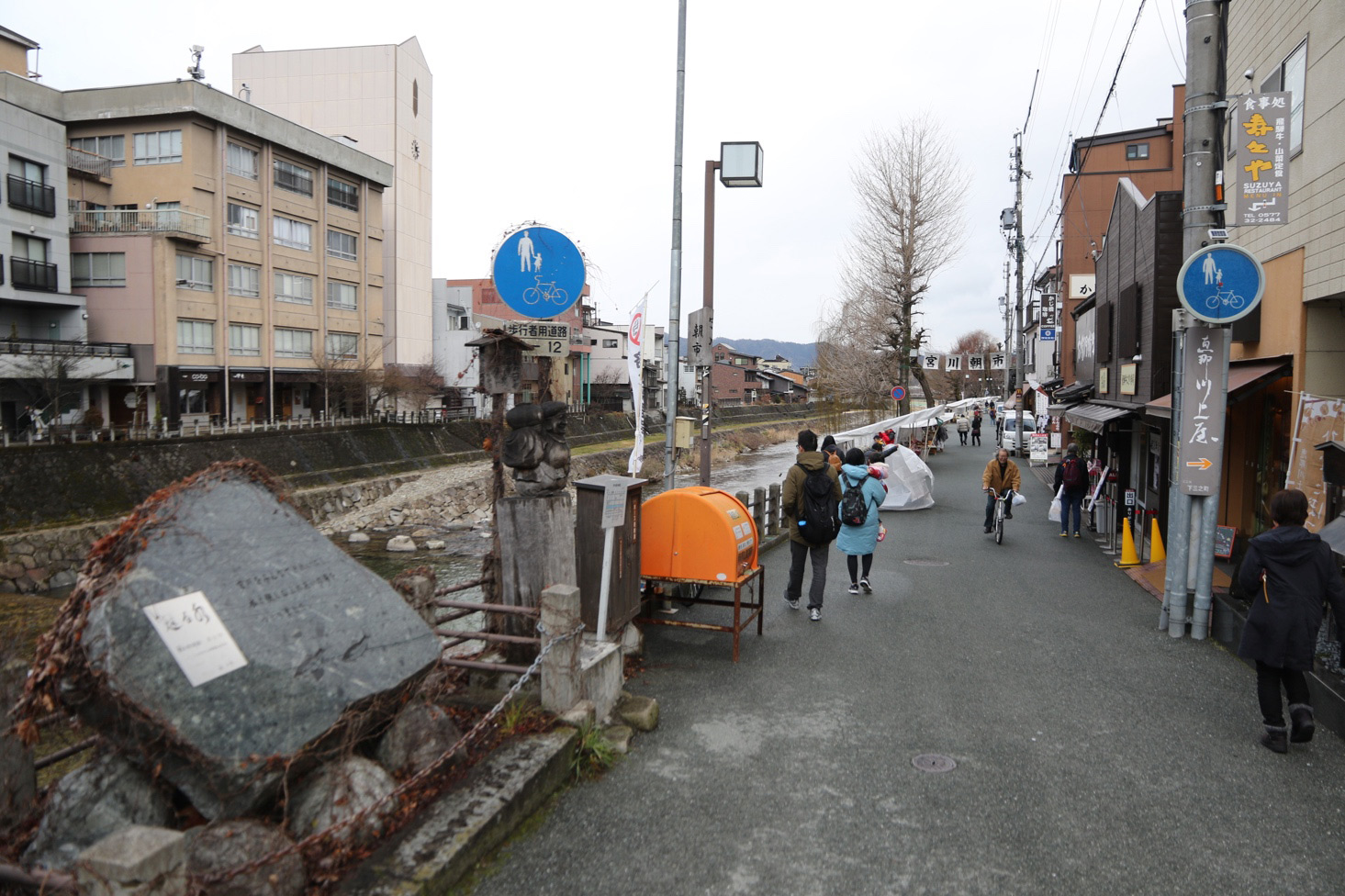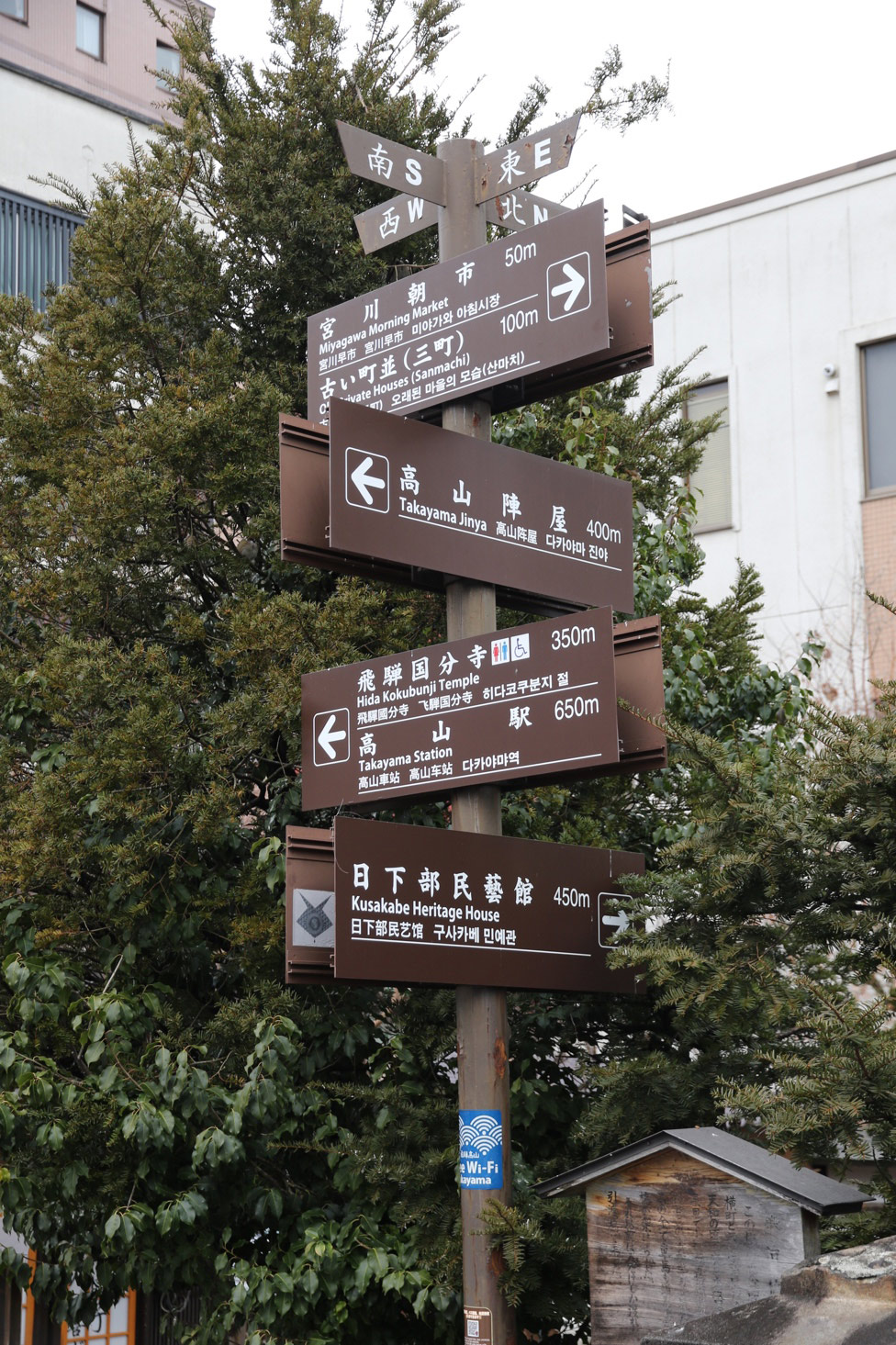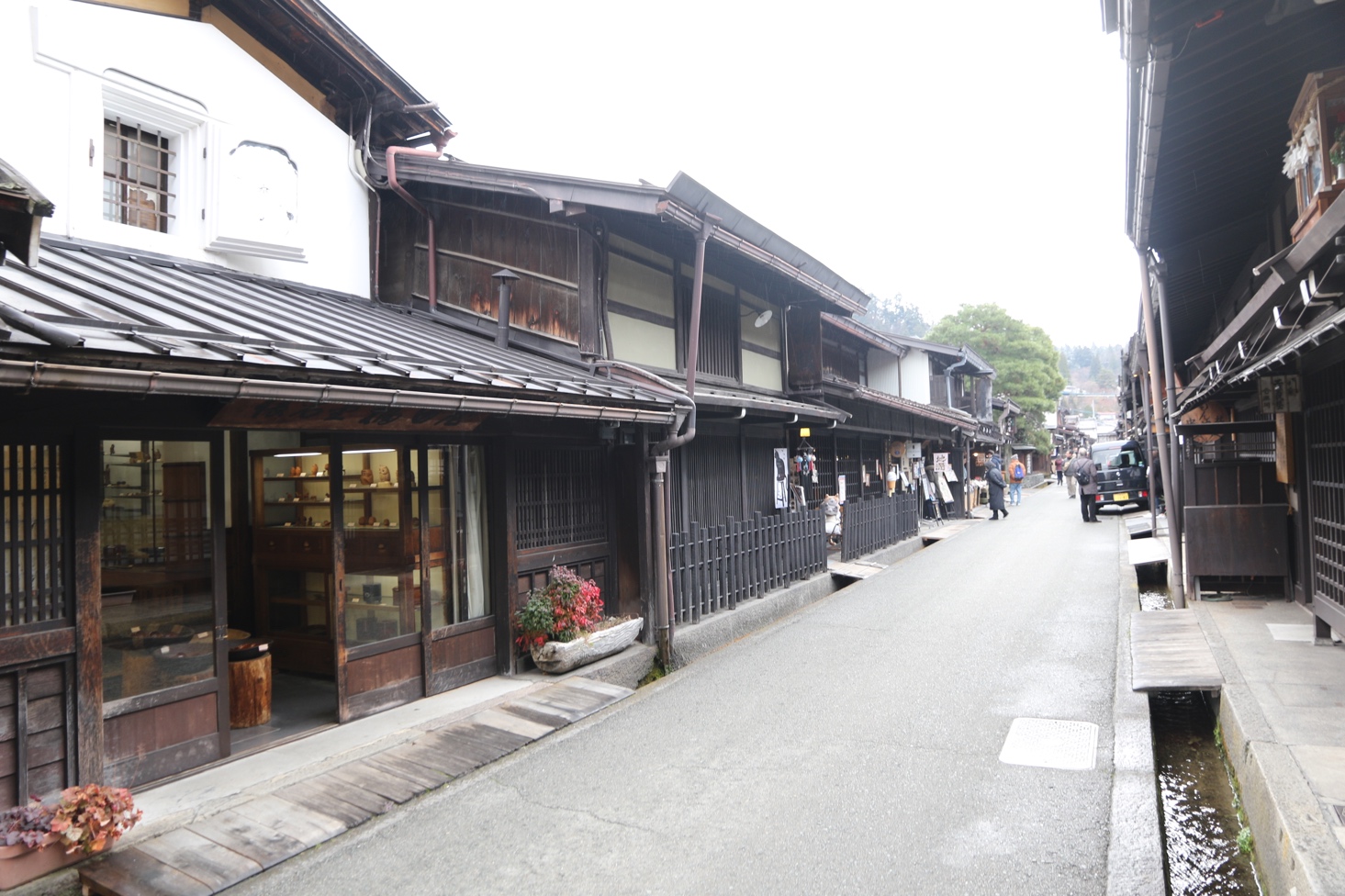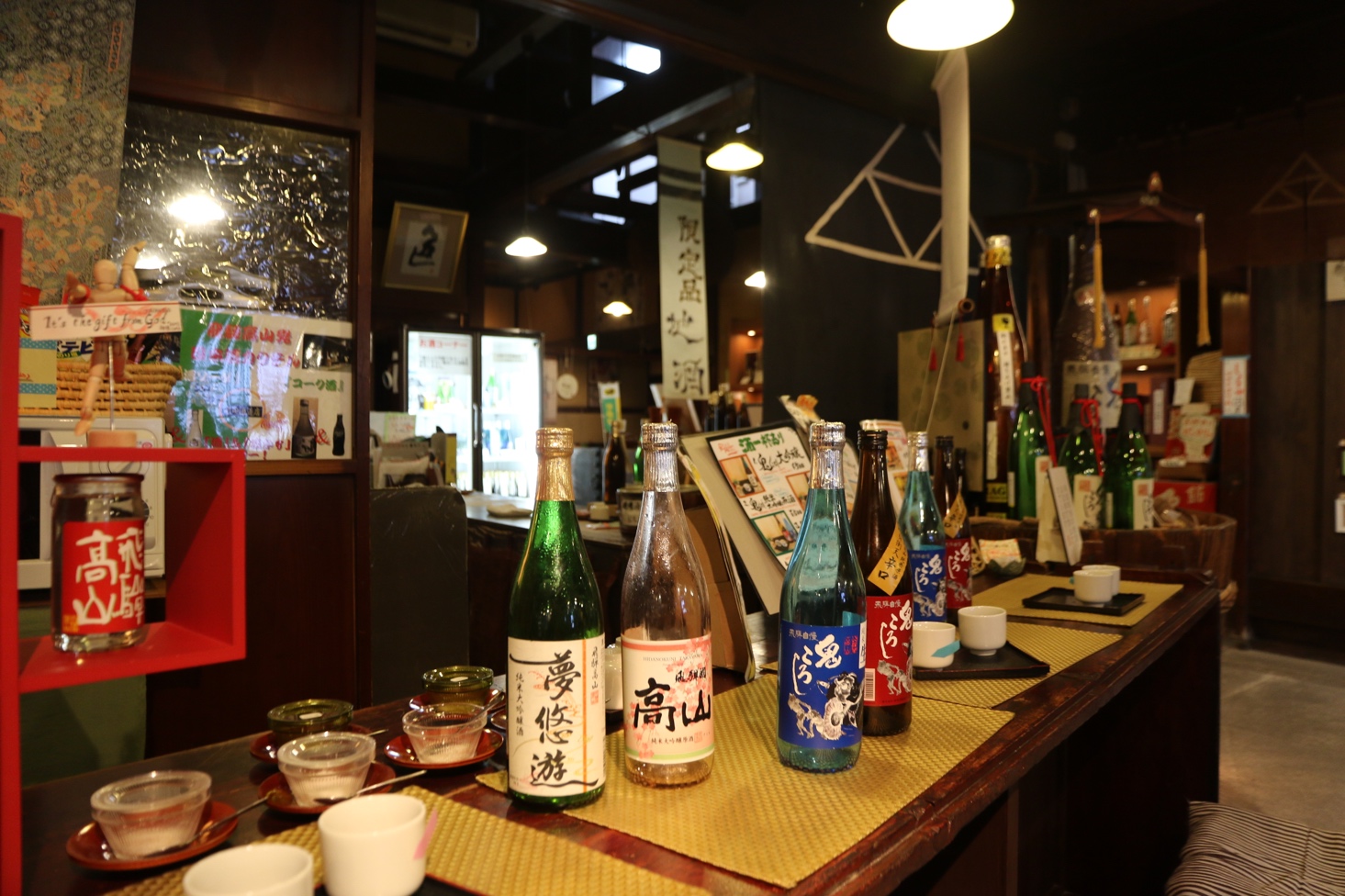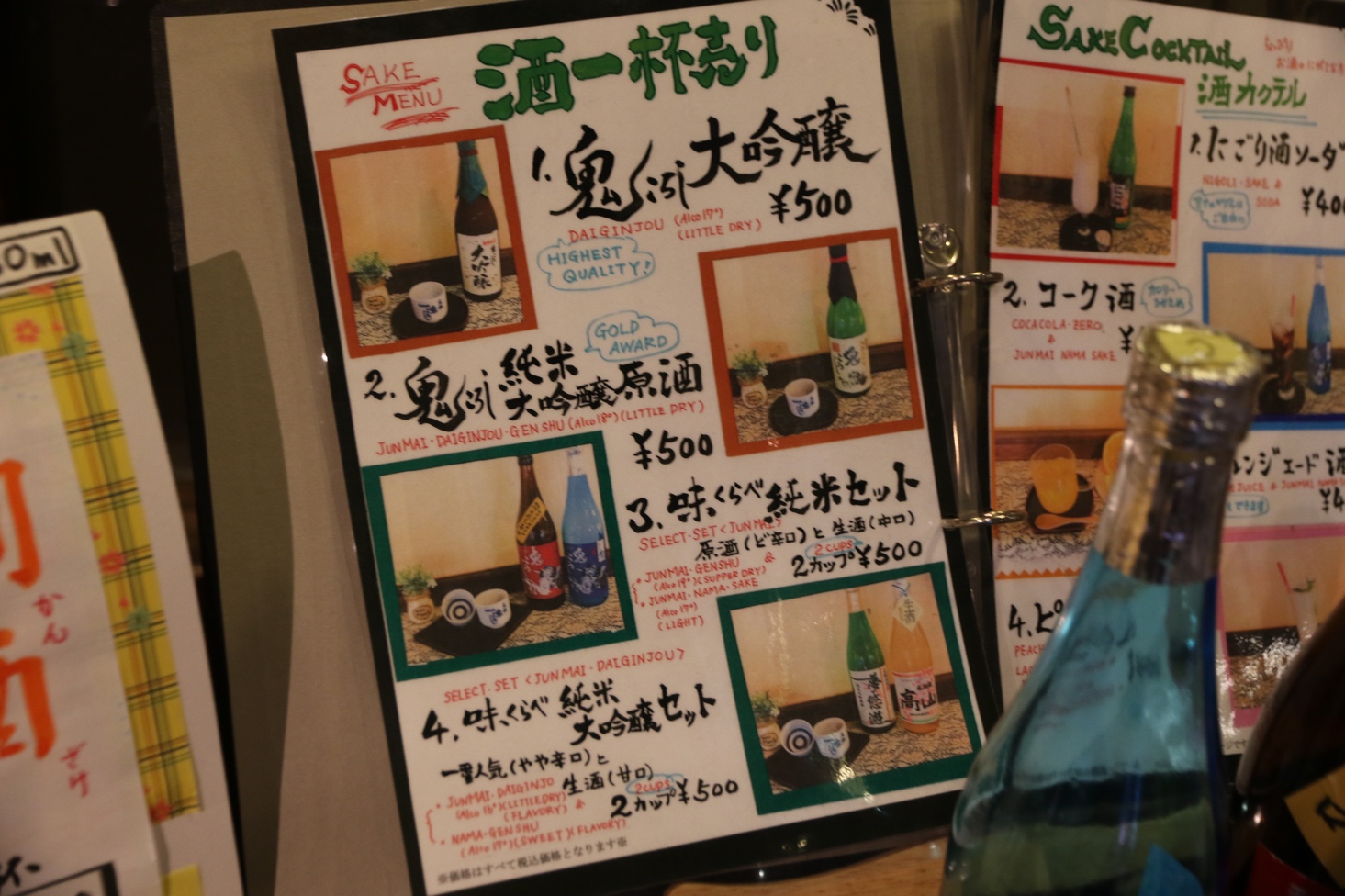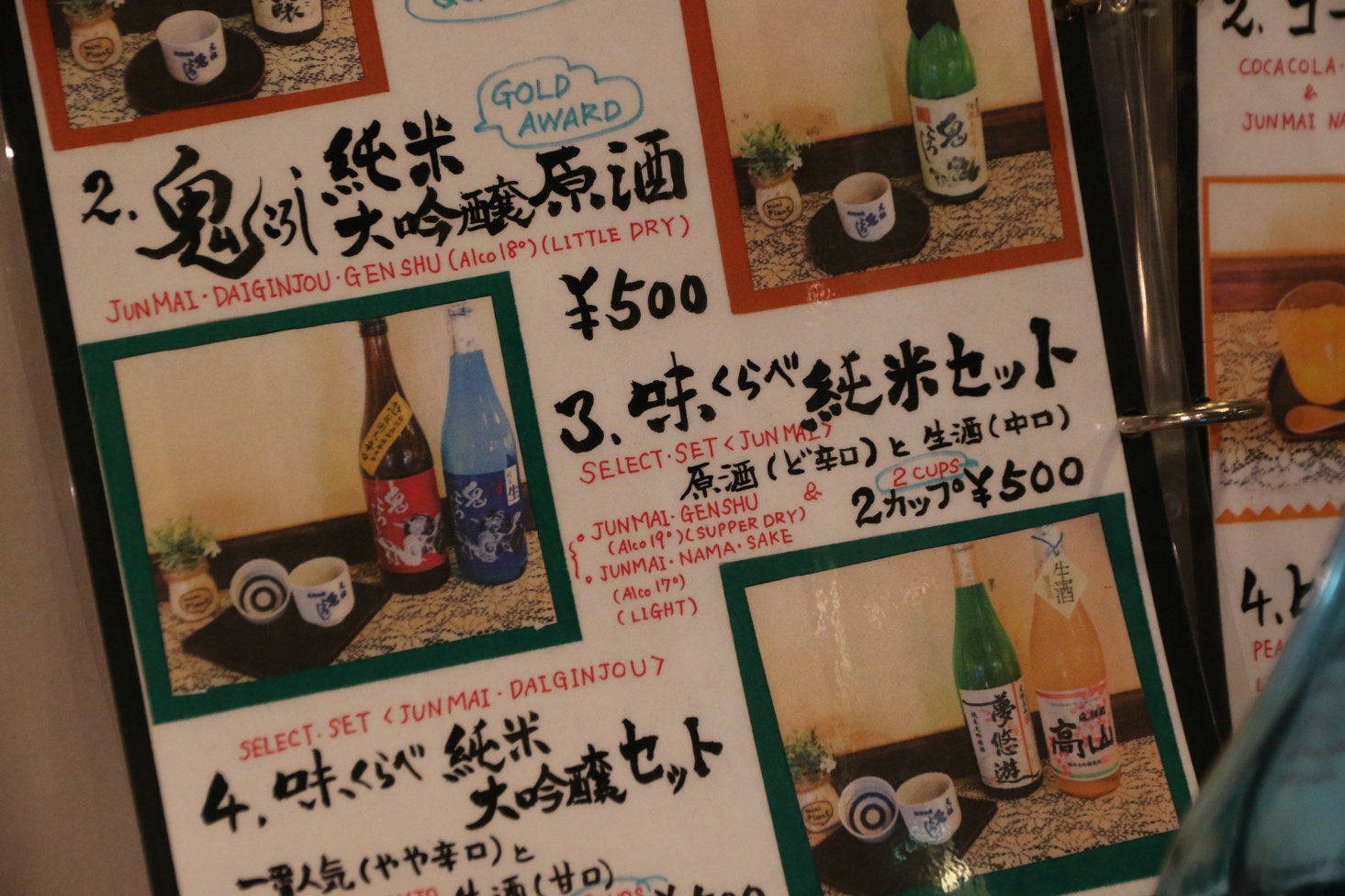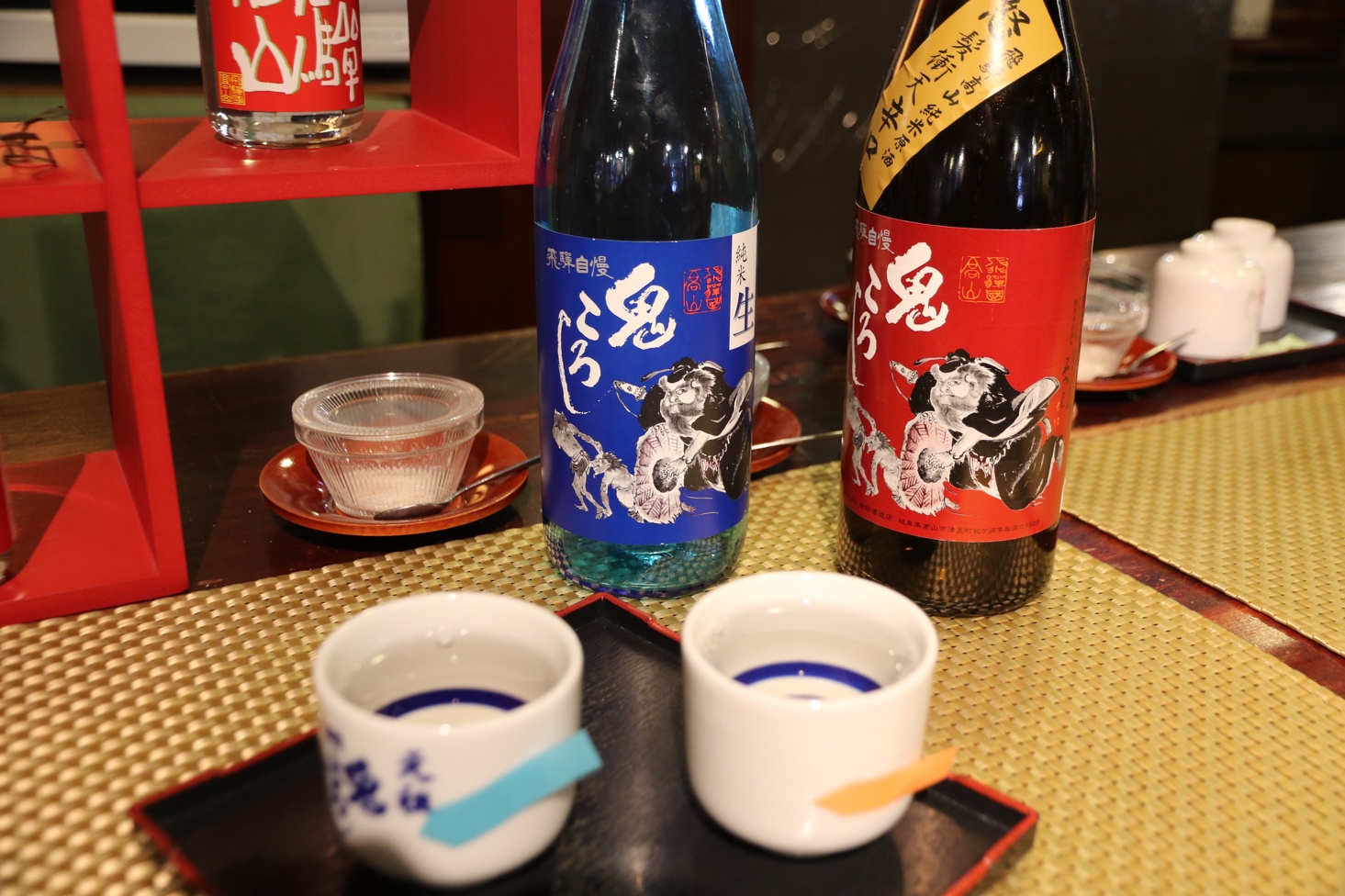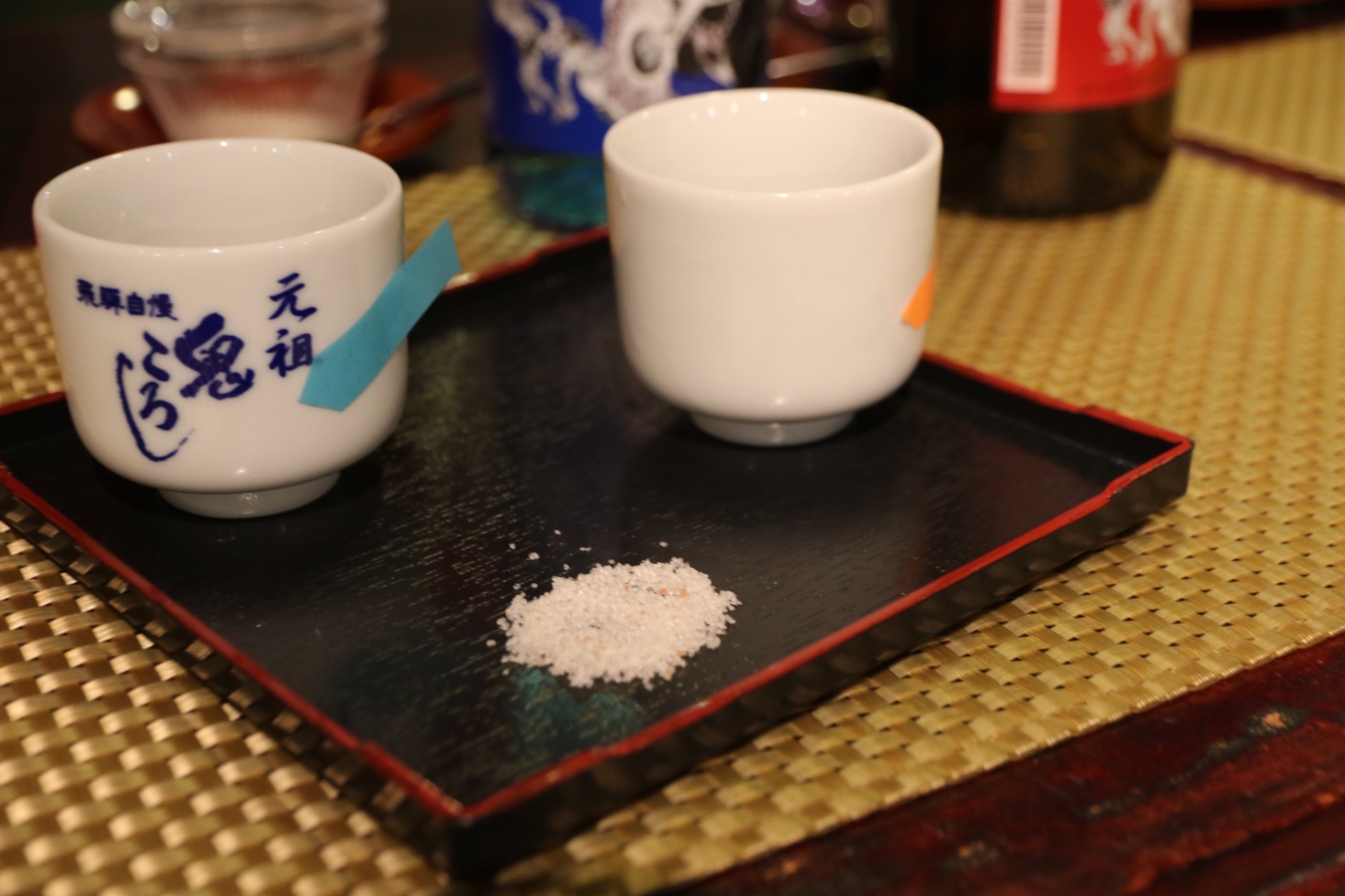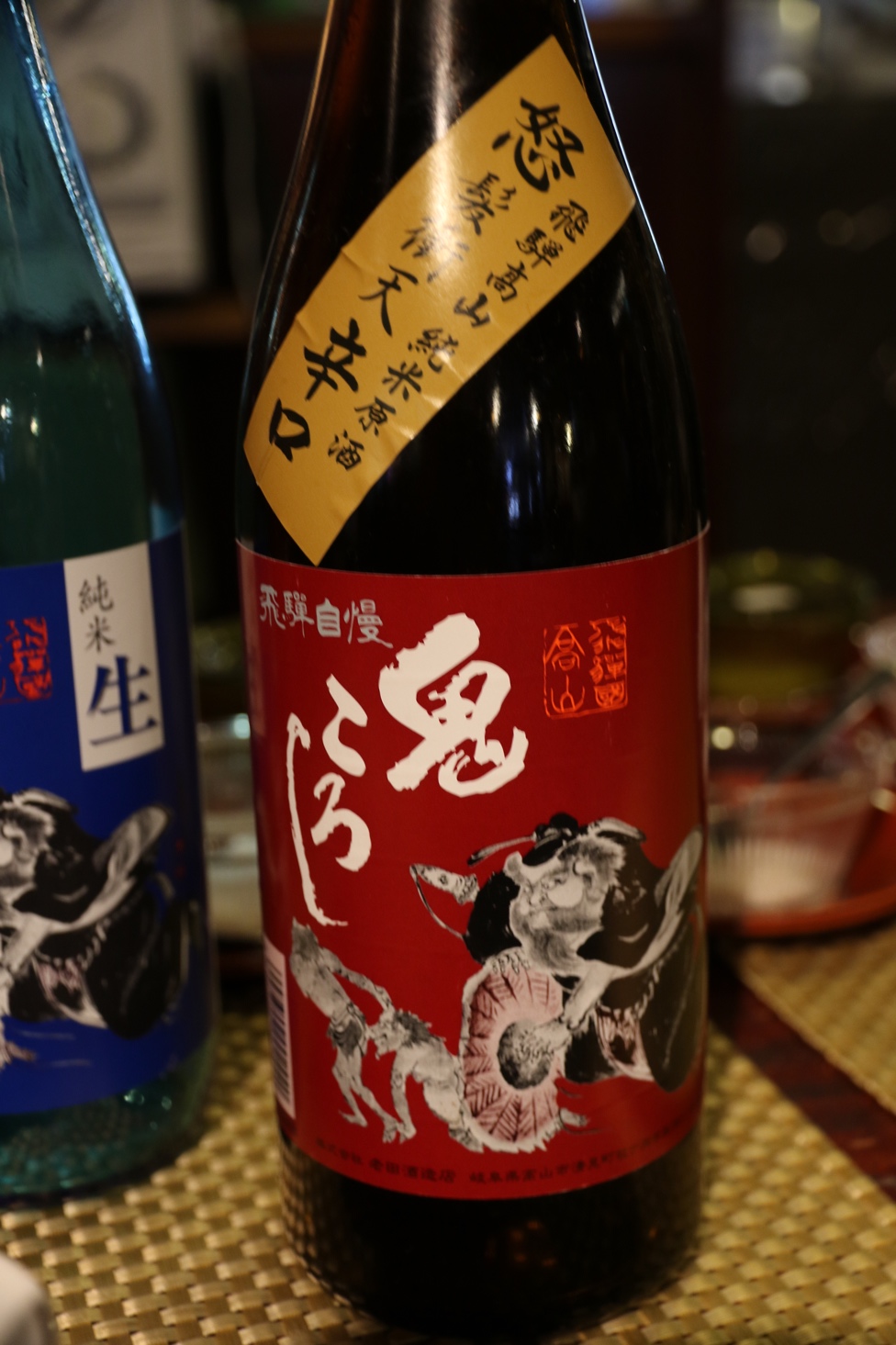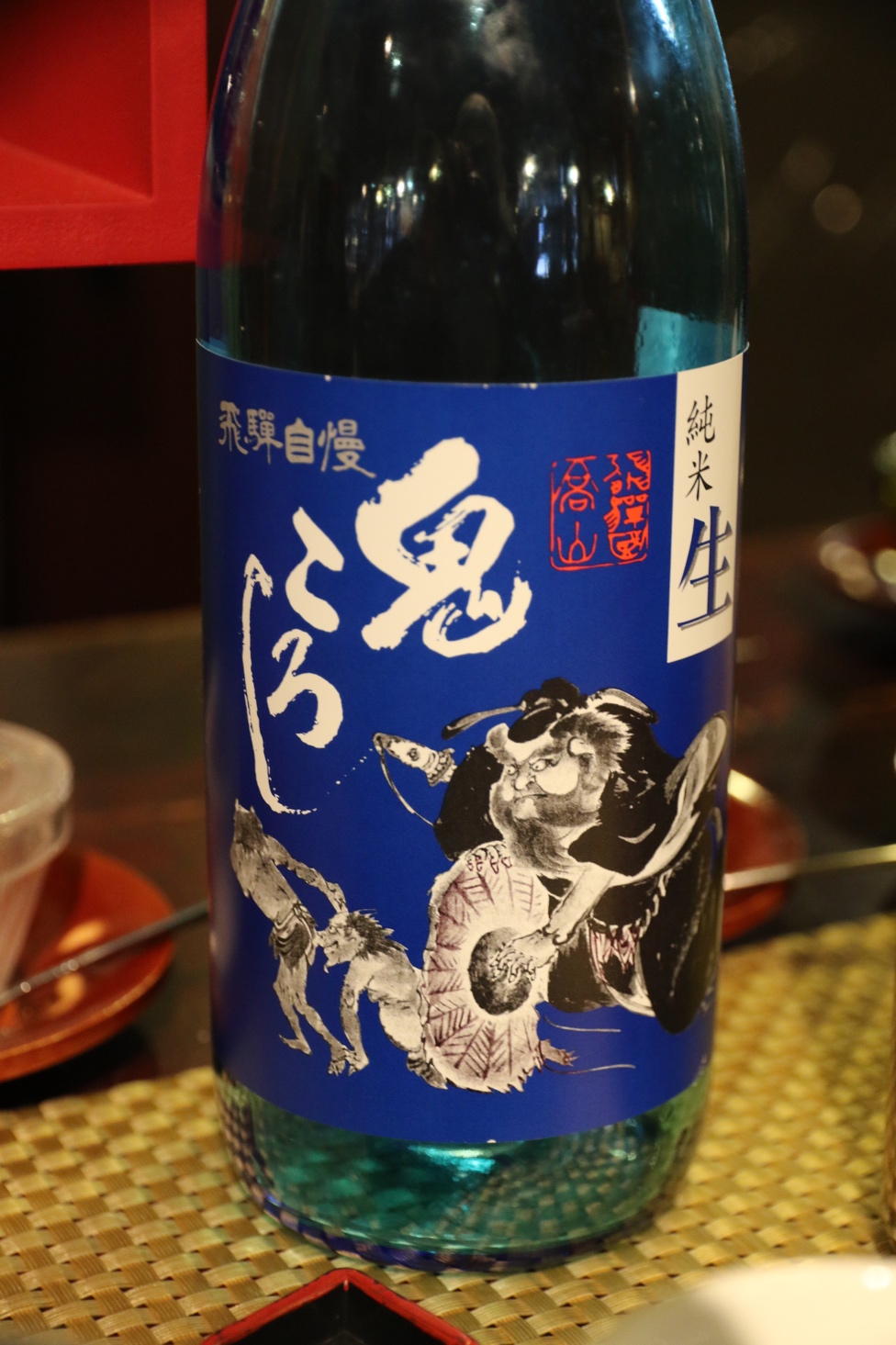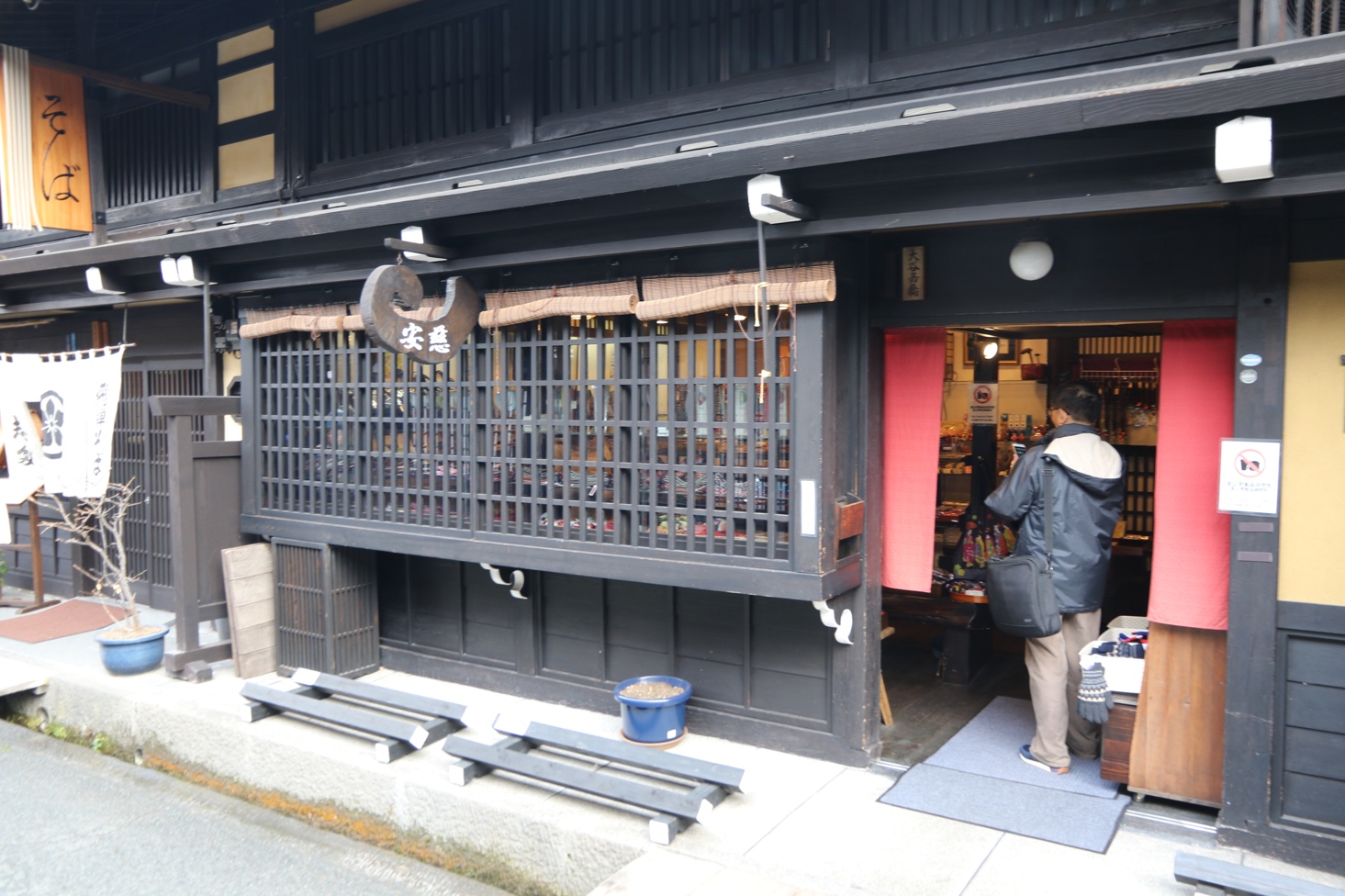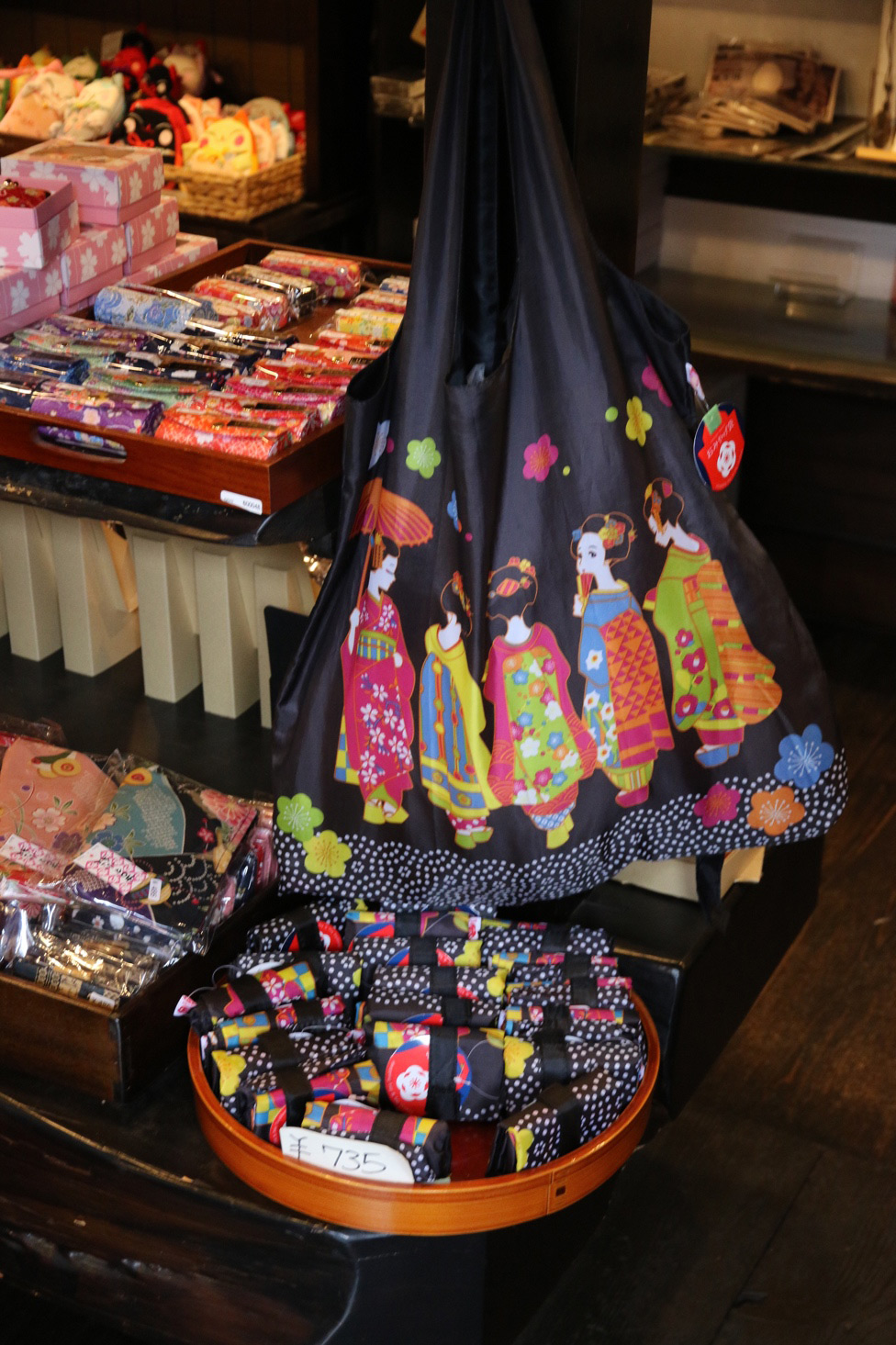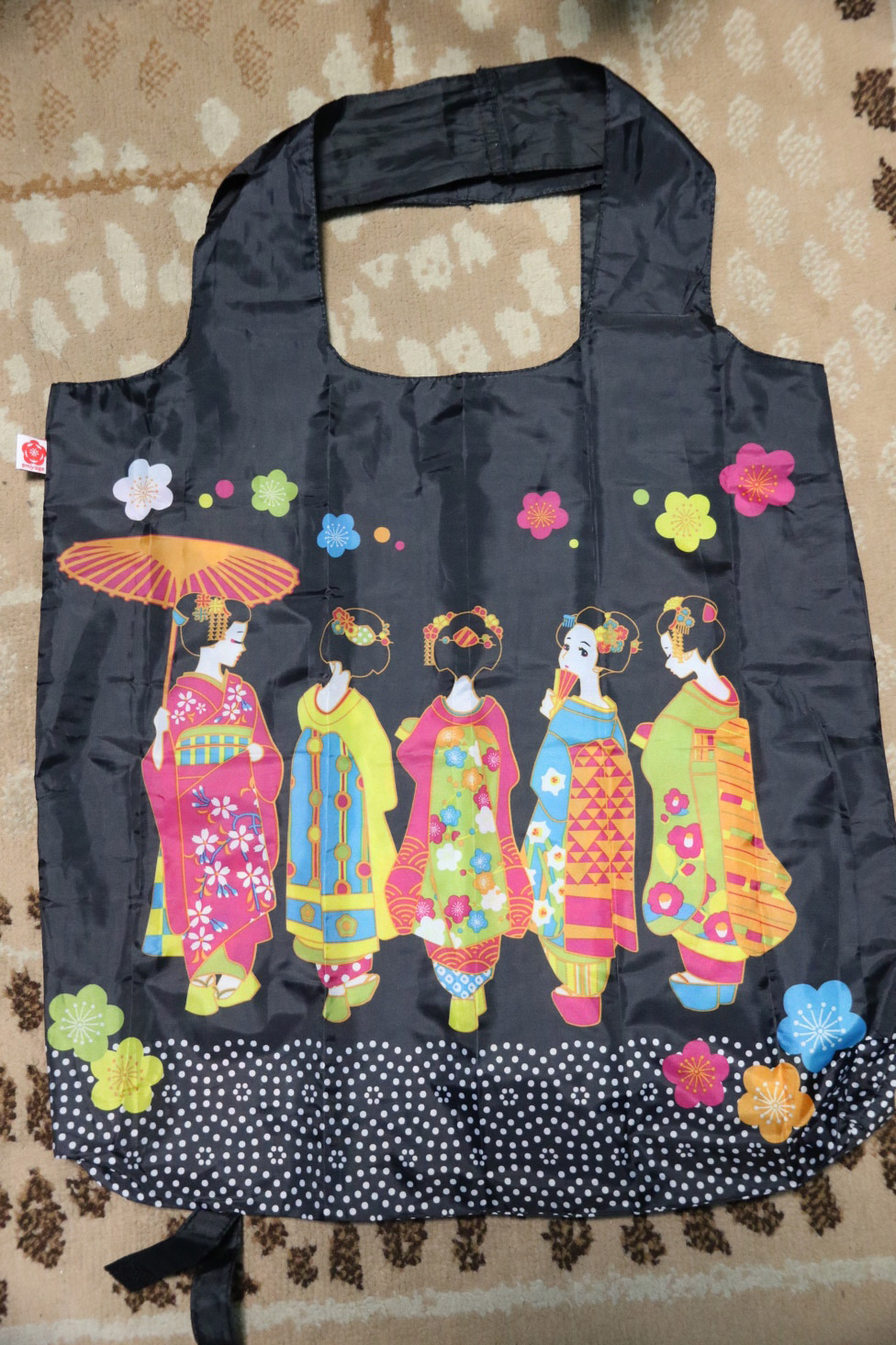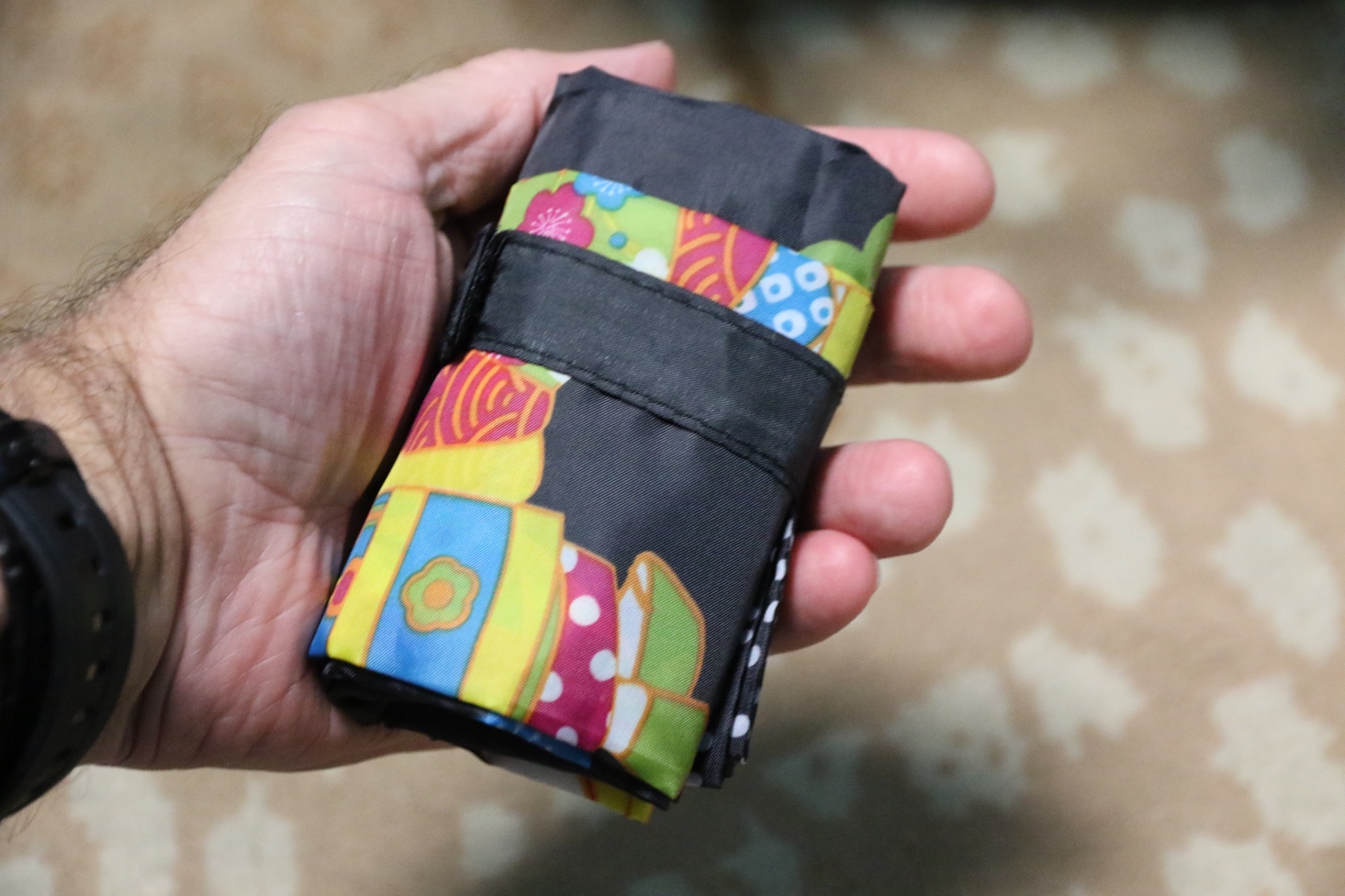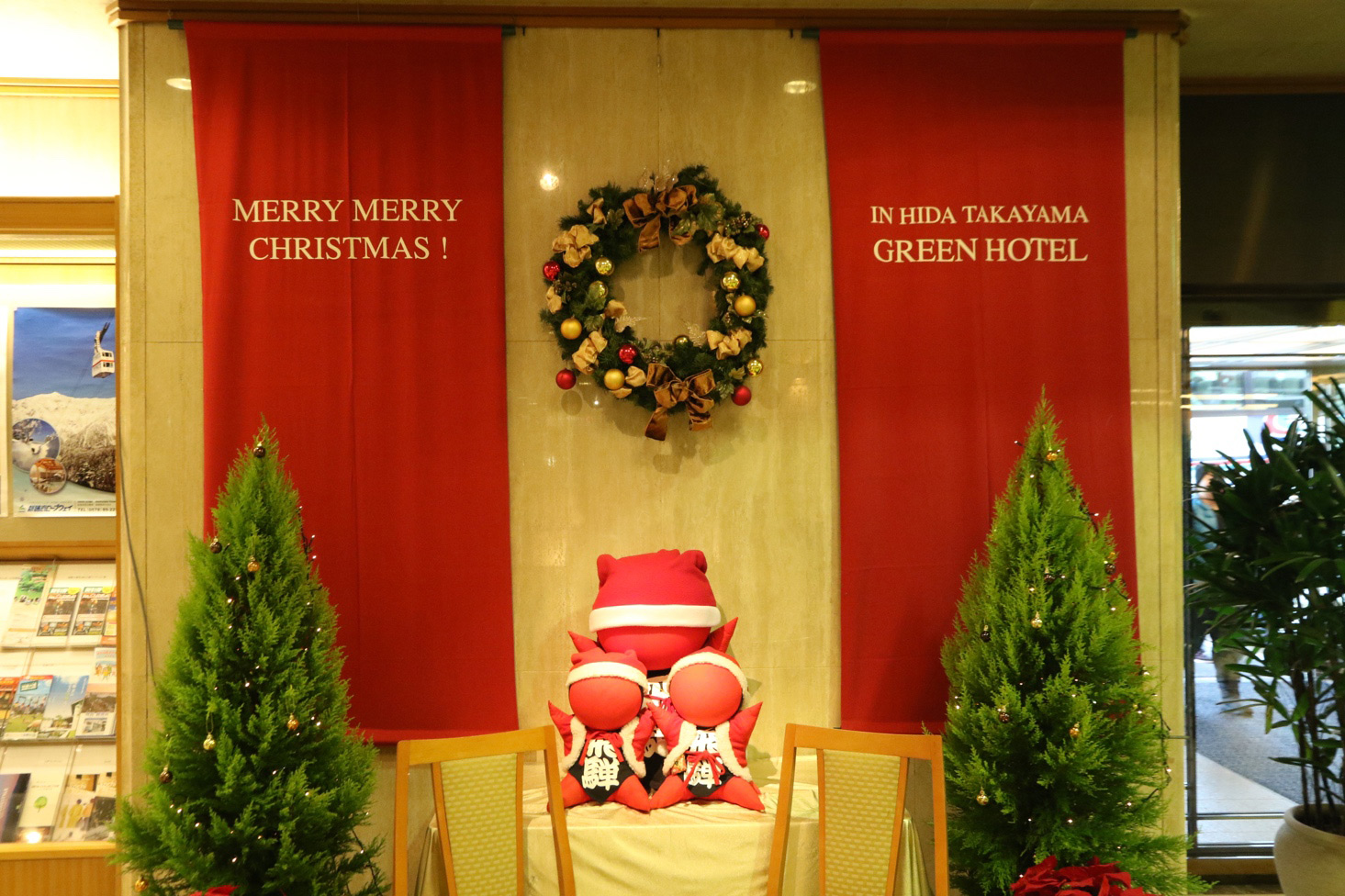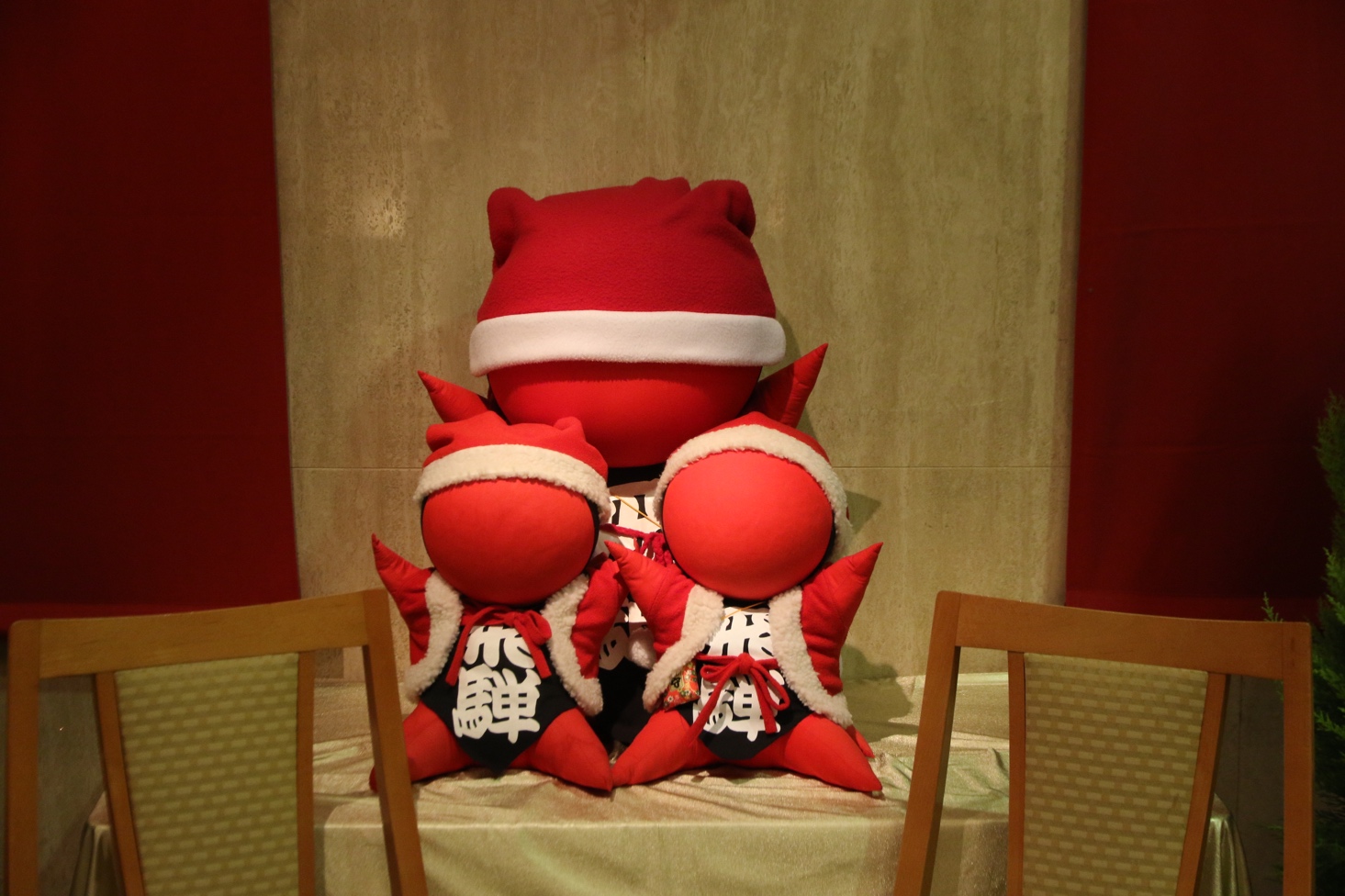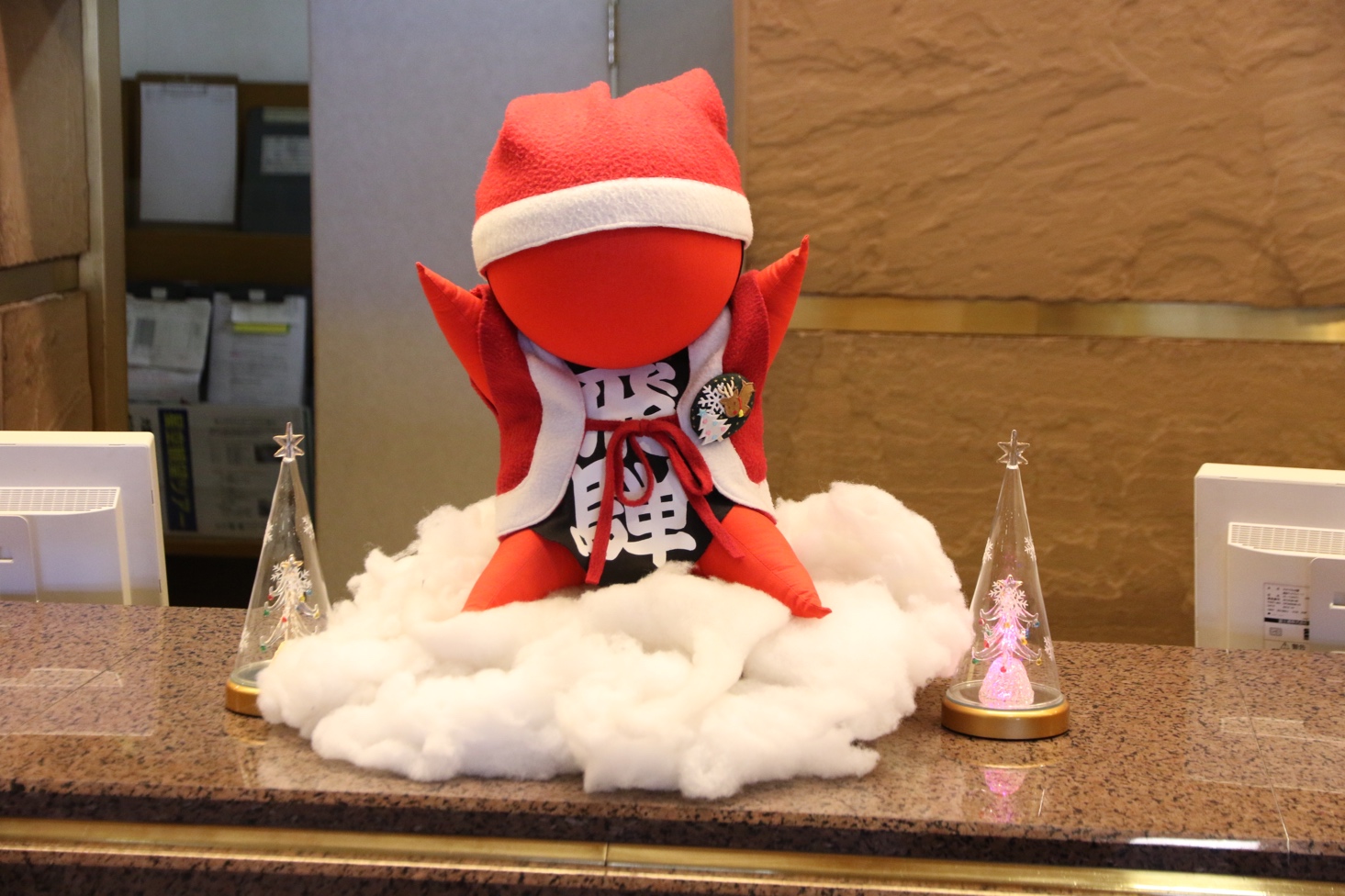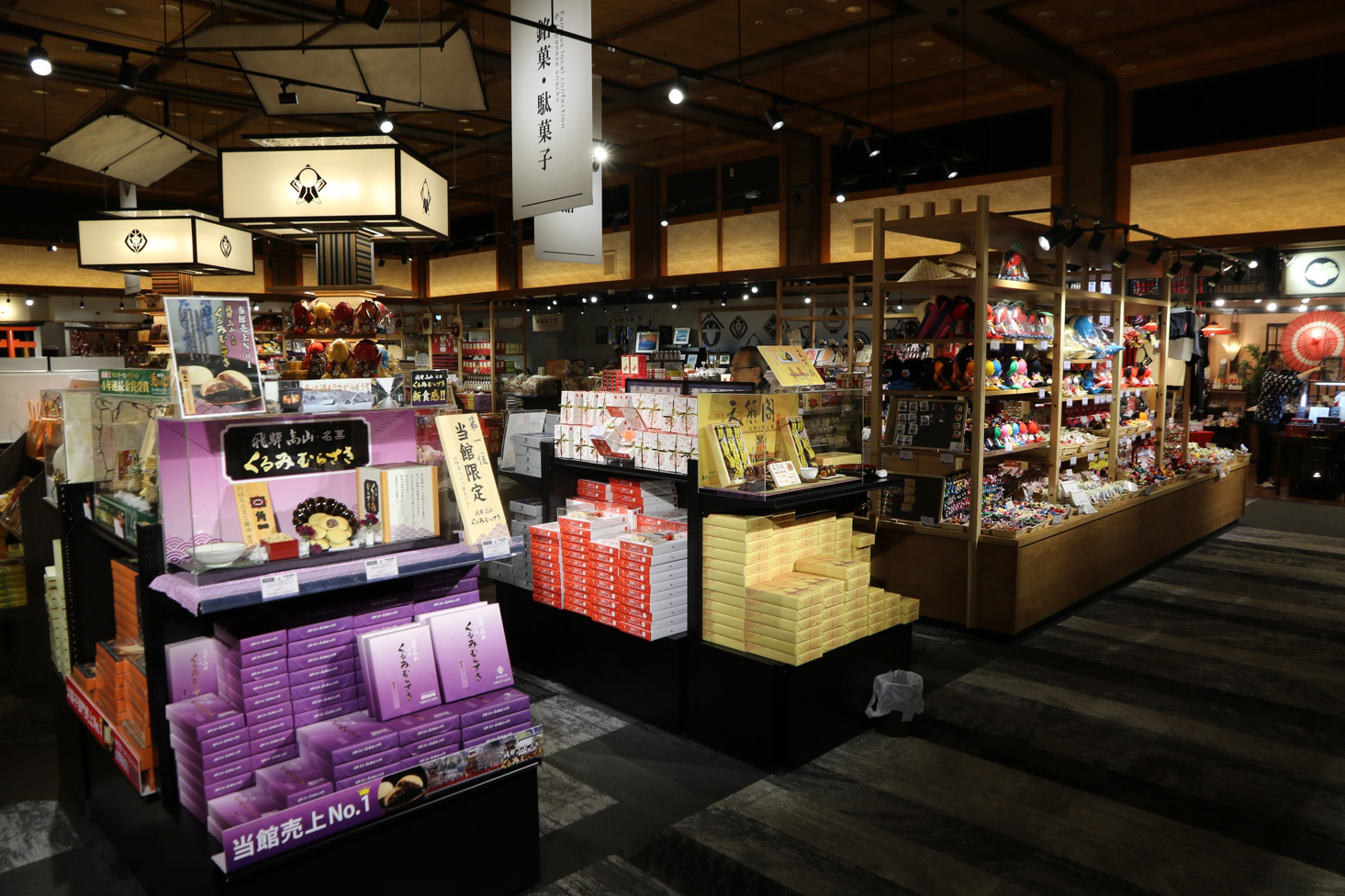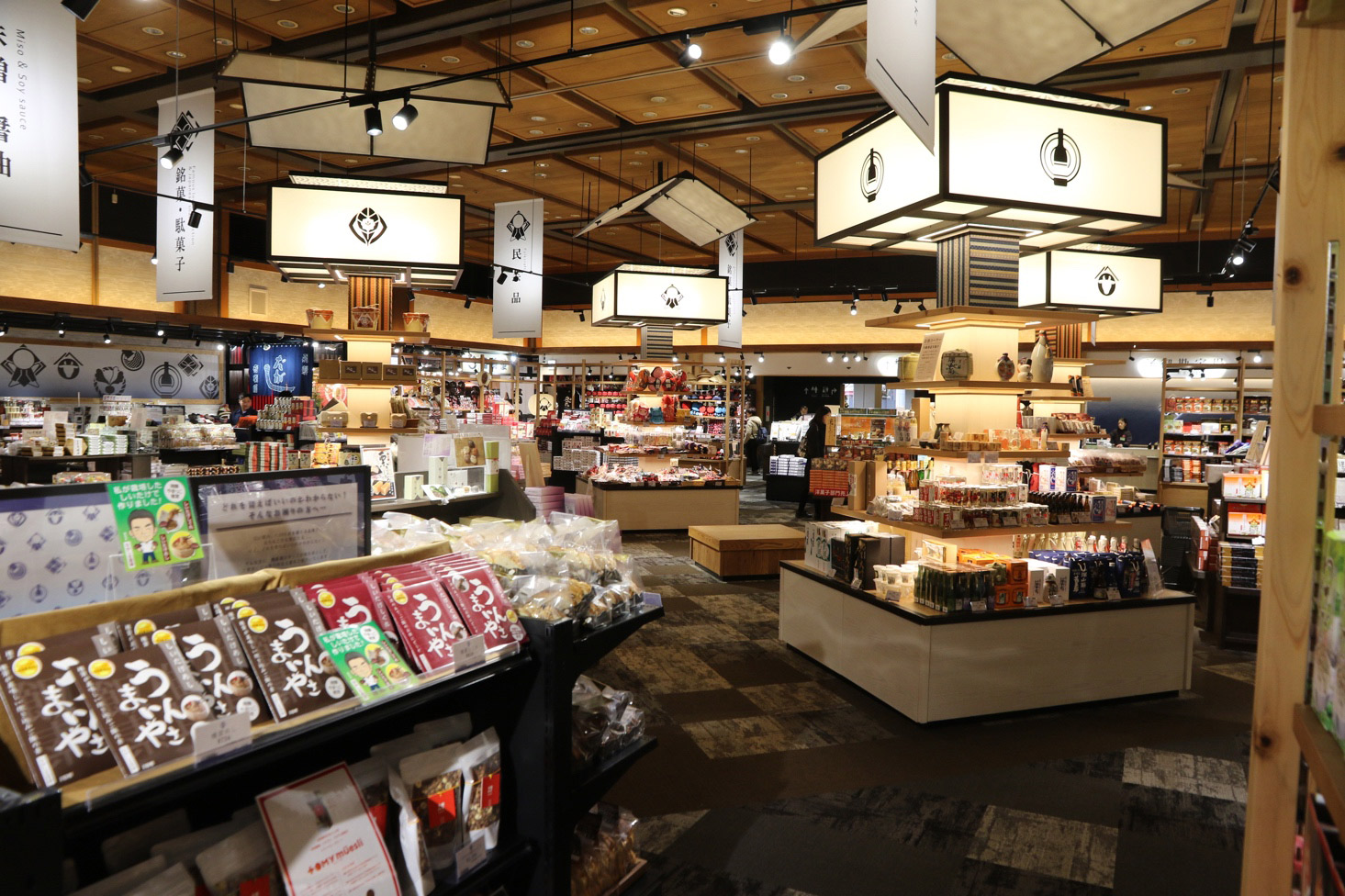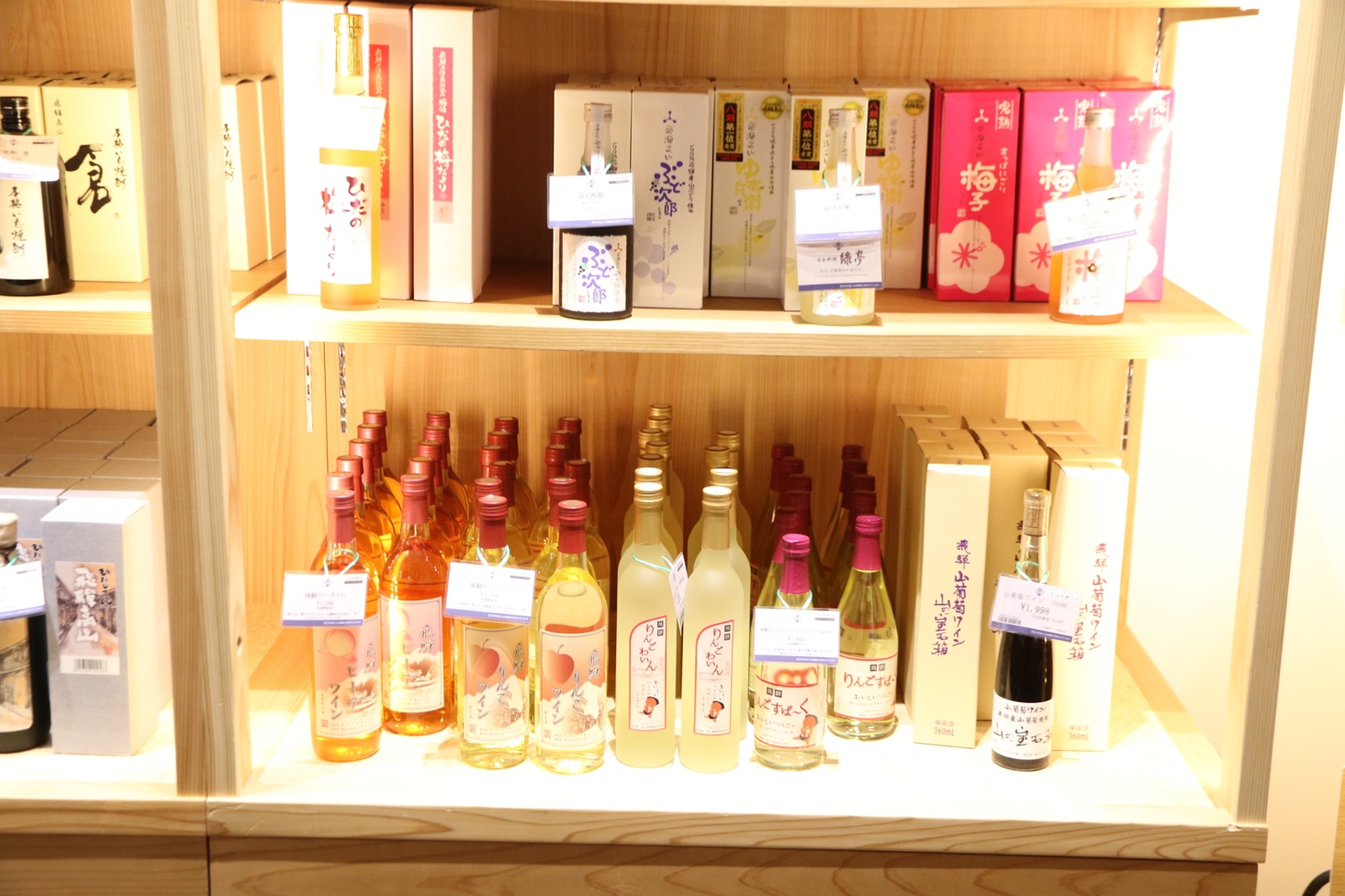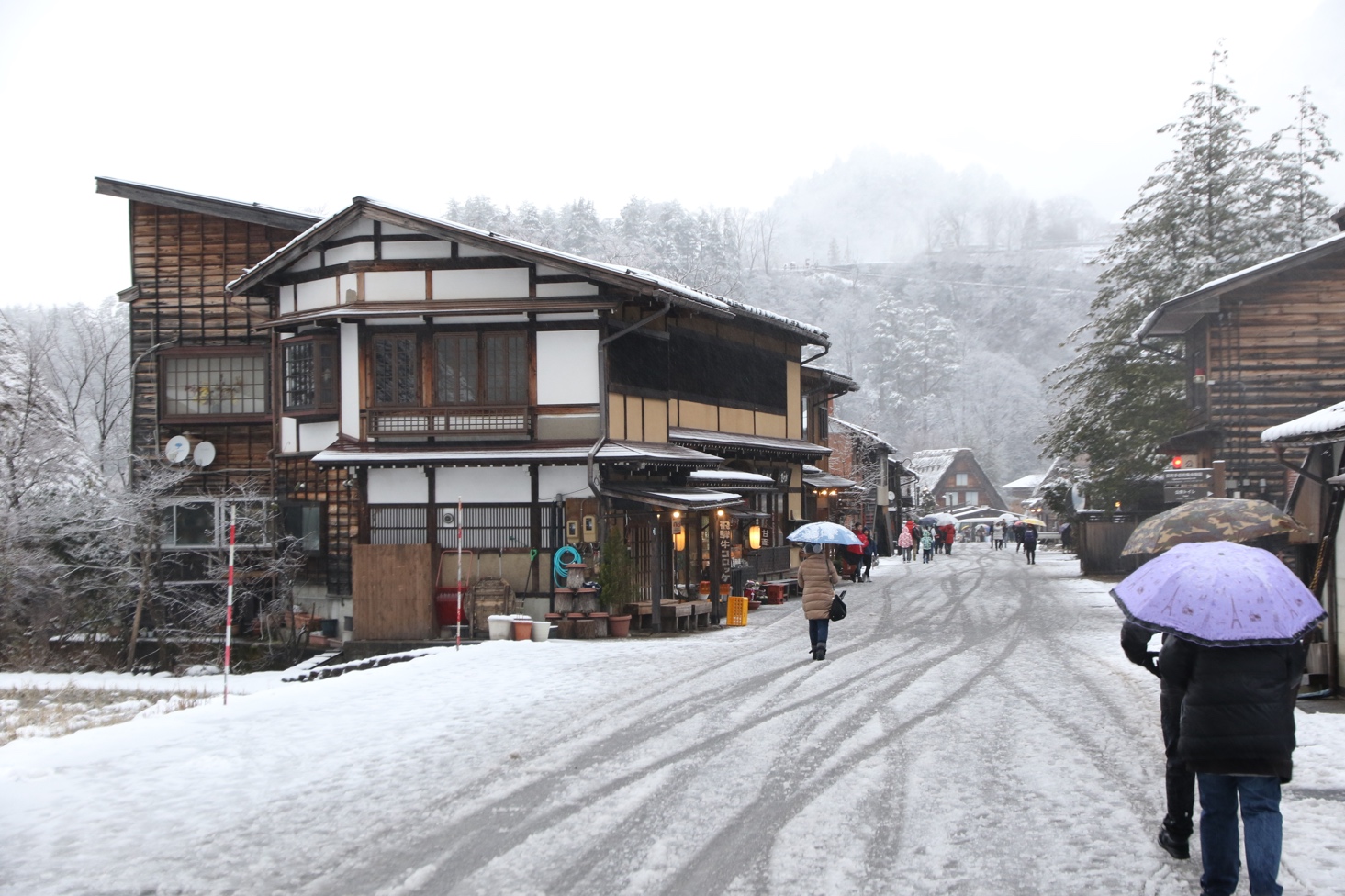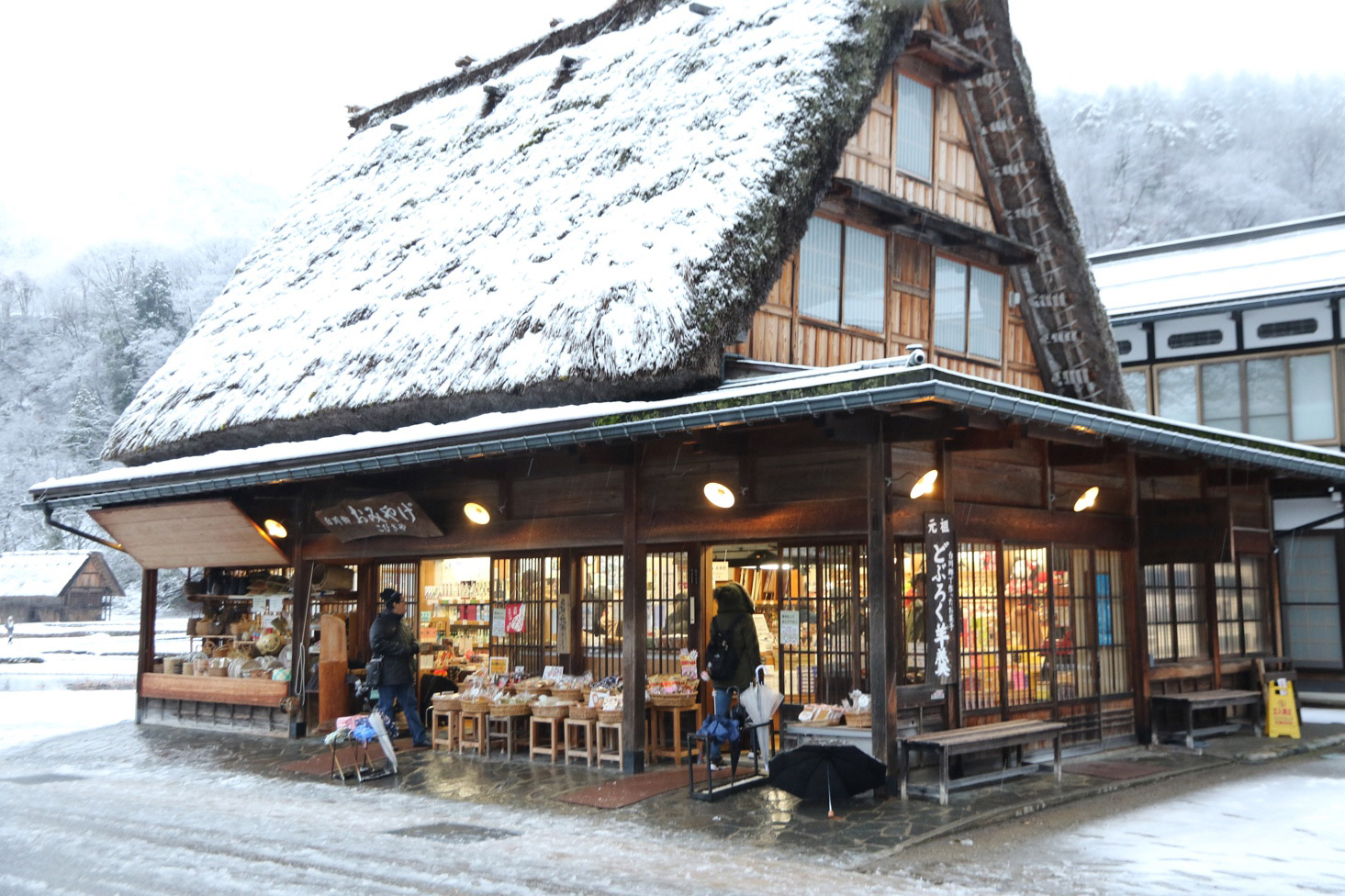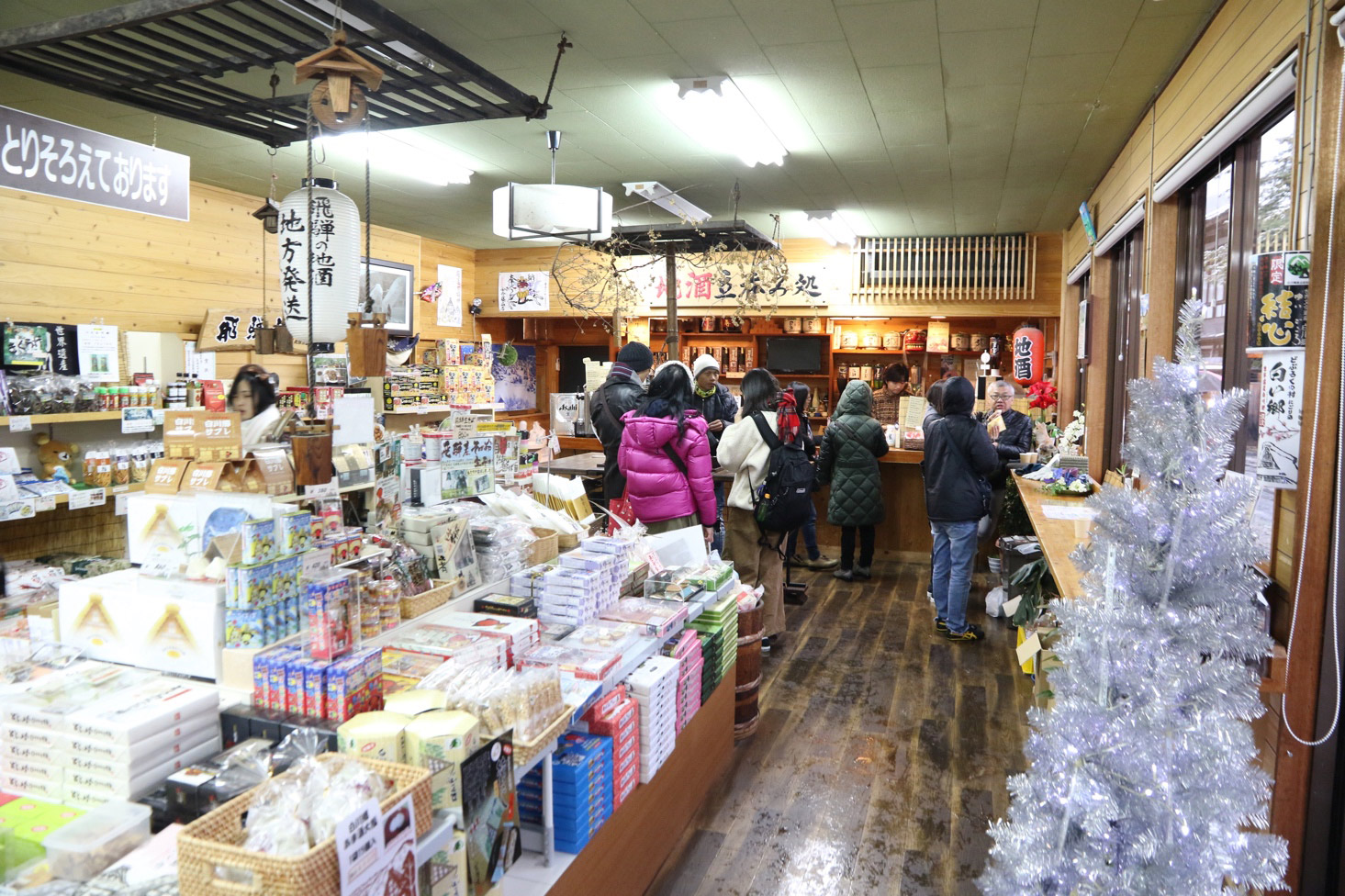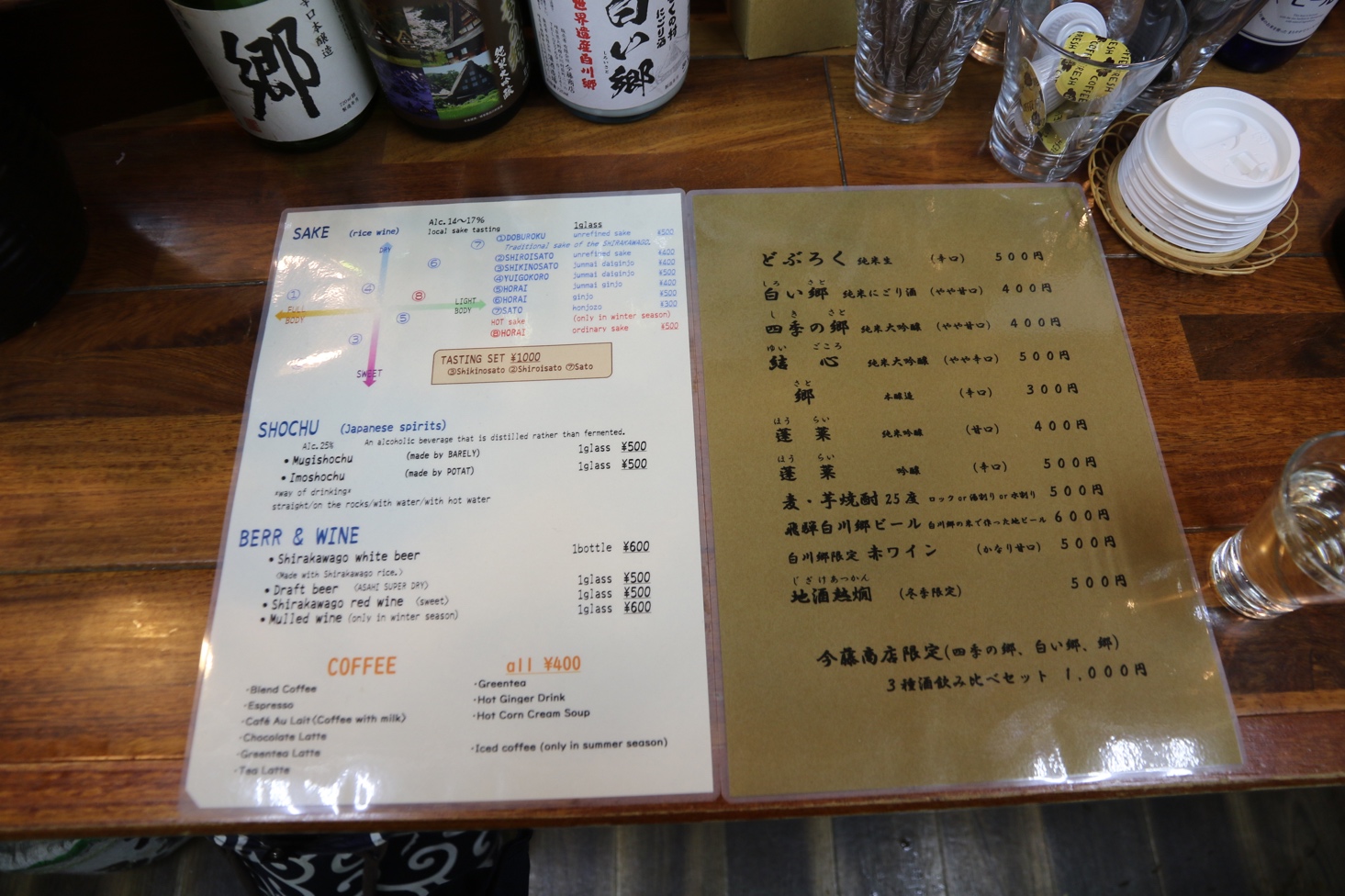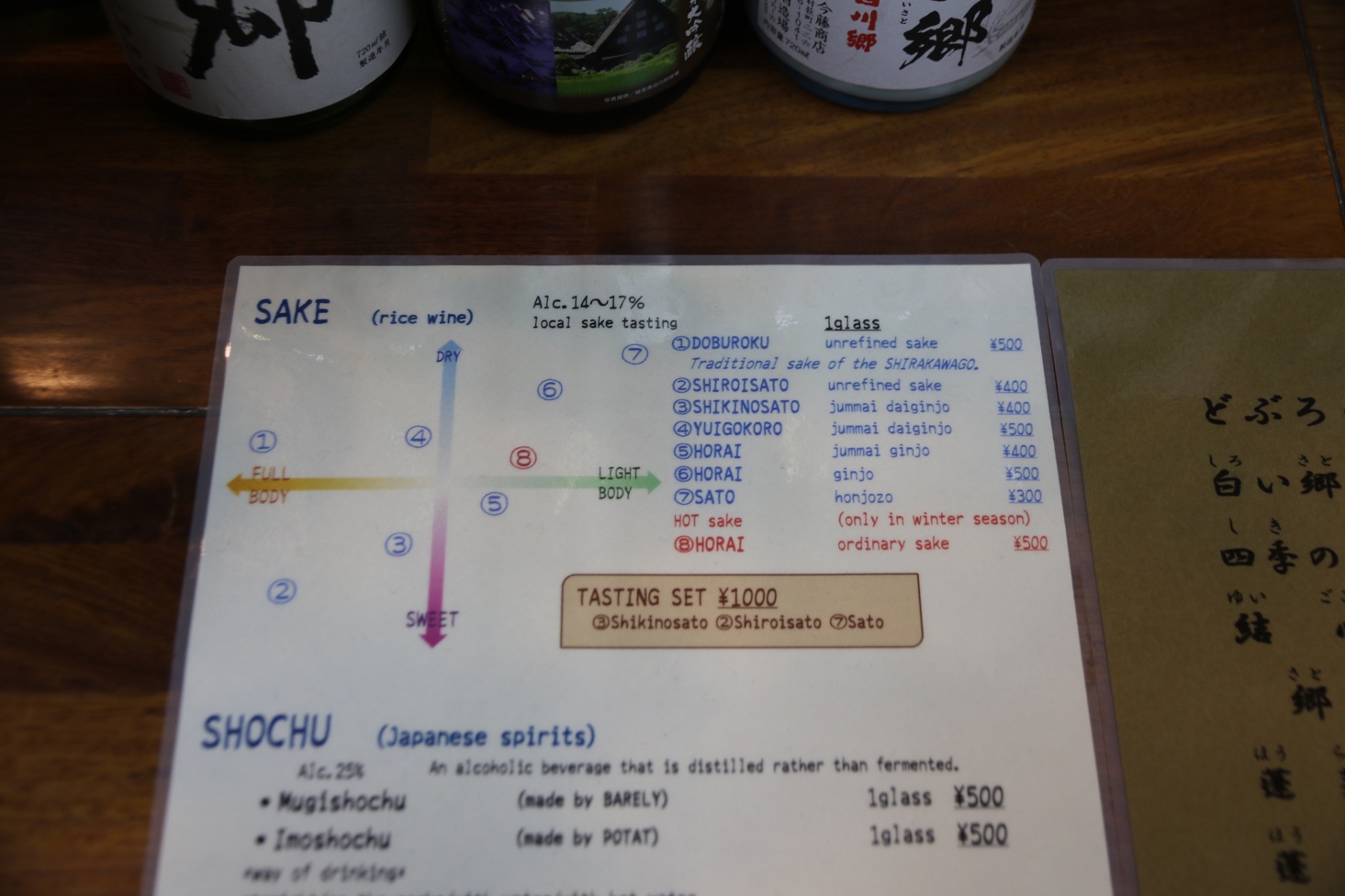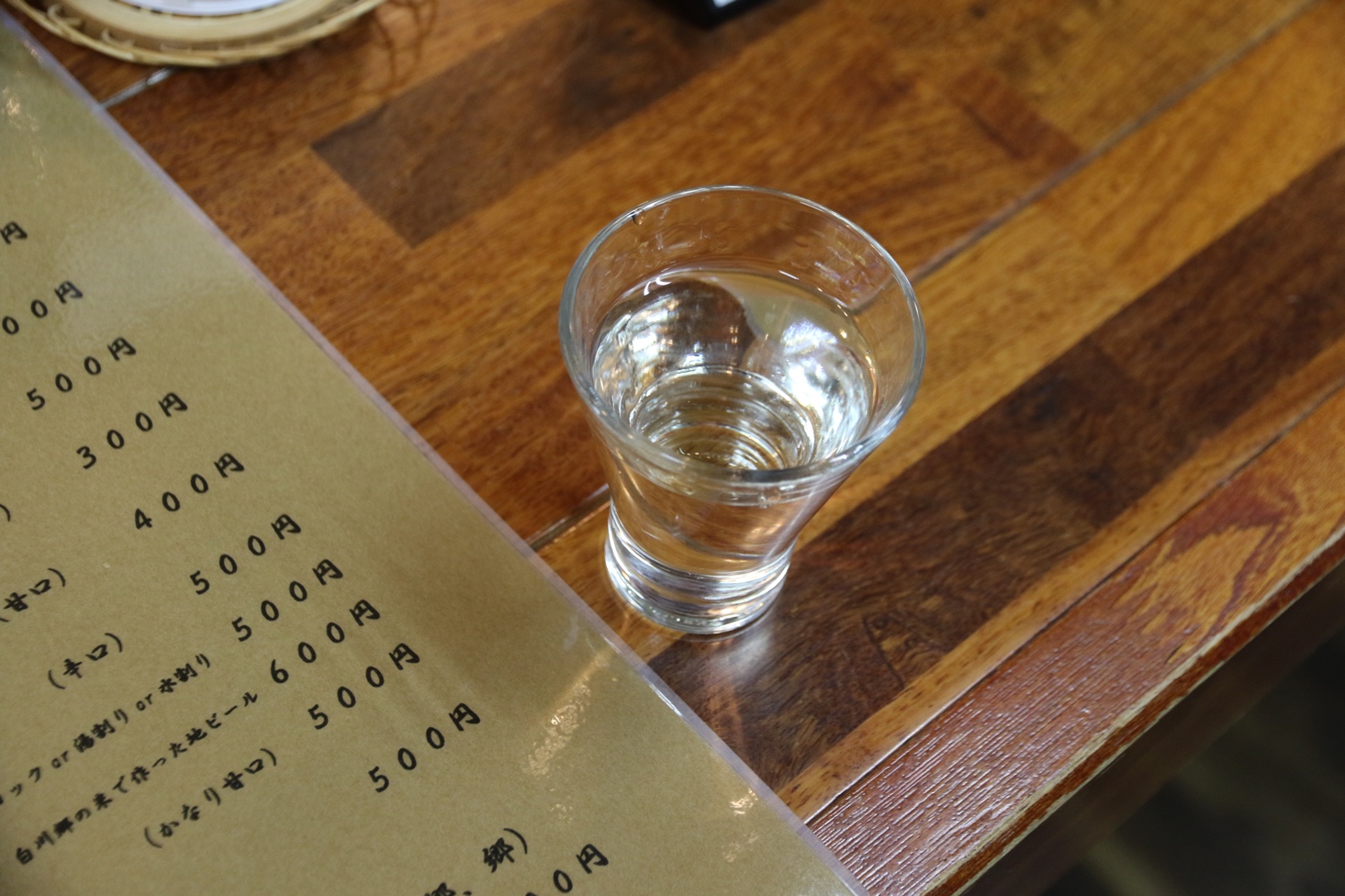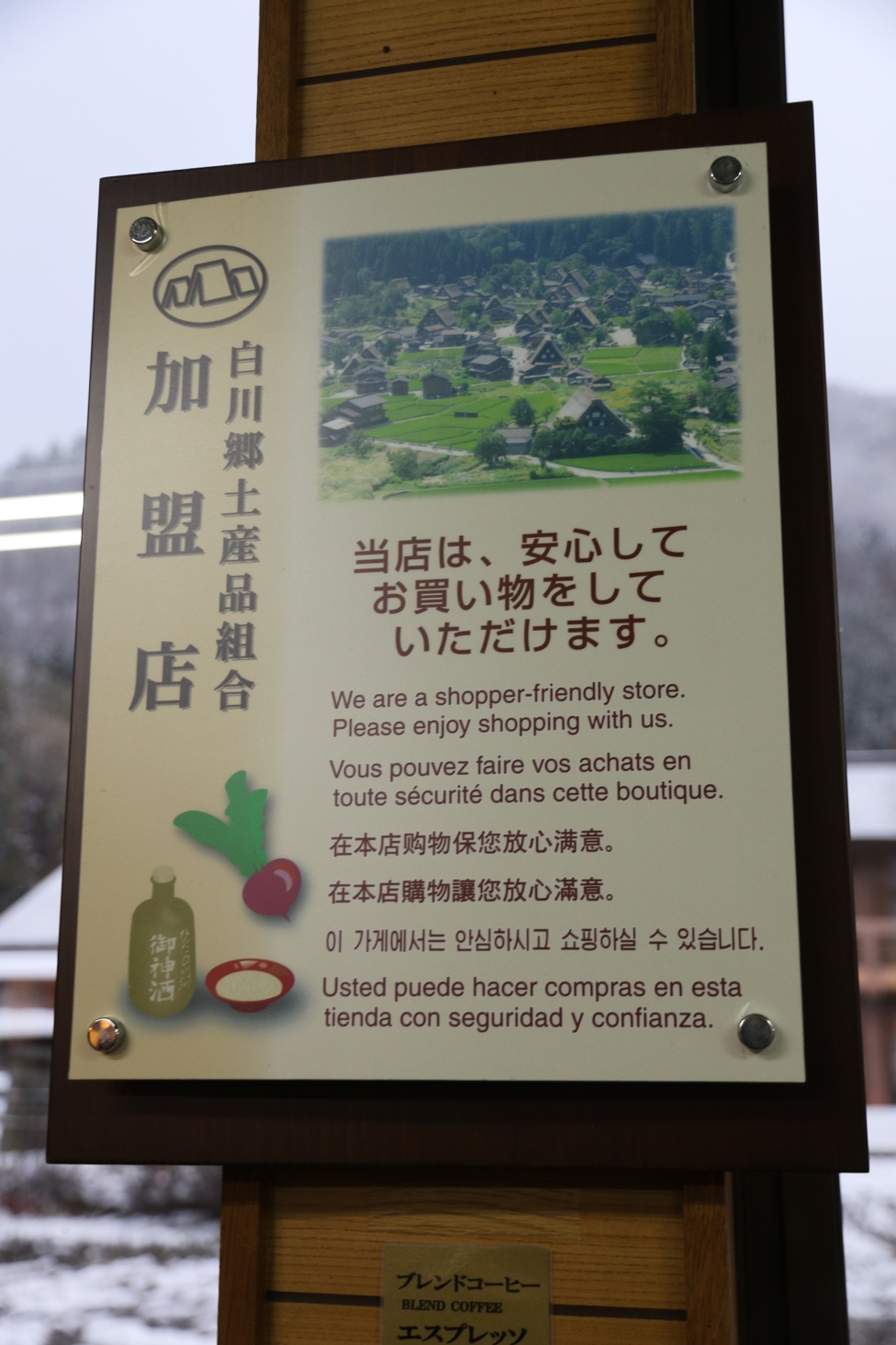Takayama & Shirakawa-go – dining
|
|
Recently I told you a little about the Dragon Pack day-trip bus excursion I took to the city of Takayama and village of Shirakawa-go, which are located in the mountainous Hida region north of Nagoya. Here's a look at some of the fun stuff you can eat and drink, and the kinds of souvenirs you can pick up for yourself and others.
En route to Takayama, we made a rest stop at Hirugano Kogen Service Area. Before we got off the bus, our guides mentioned that the soft-serve ice cream sold there was really tasty.
|
|
Inside the service area, the soft-serve counter is easy to find.
|
|
However, you can't buy a cone directly – you first have to get a food ticket from a vending machine on the opposite wall. It's no problem if you don't read Japanese, because the ticket button for the ice cream has a picture!
|
|
You then take your ticket to the counter and redeem it for a cone.
|
|
Our guides were right! The ice cream was quite tasty with fresh, rich dairy flavor.
|
|
A shop at the service area also carries local souvenirs, including traditional stuffed figures, usually red, that are called "sarubobo," which means "monkey baby" in the local dialect. These are amulets of a sort, held to bring luck in marriage and happy family life. They're available nowhere else but here in Hida, so they make great souvenirs of the region. Once you've spotted one, you'll start noticing them everywhere!
|
|
|
|
There are also a number of recent variations of sarubobo, including Hello Kitty sarubobo...
|
|
...and these, whose name is "warubobo" – "naughty sarubobo."
|
|
At this rest stop there's even a service area where you can buy fresh-picked vegetables and handmade pickles and condiments that come straight from the farm.
|
|
Back on the bus, we made our way to Takayama, arriving early enough to be able to spend some time at the Miyagawa Morning Market by the river, located at a ten-minute walk through the old-town streets from the bus parking area. This market is open till noon, and here you'll find many local agricultural products, local handicrafts, and more for sale.
|
|
|
|
|
|
One unusual offering, if you can find it in season, is mukago – tiny tubercles of the yamaimo (Japanese yam). They're quite delicious, but are little known even by many Japanese. They have a tender texture and a rich, starchy flavor with just a hint of sweetness. The ways to cook them are many, but one simple and tasty method is to saute them in a small amount of oil, then salt lightly and serve. Other popular preparation methods include boiling and as tempura.
|
|
Another uncommon local product is known in Japan as matatabi. Sometimes also called silvervine in English, it's a kind of Chinese gooseberry (kiwifruit) that grows wild in East Asia. It's long been used in traditional Chinese medicine, but it also has another use – cats go crazy over it! Many cats react to it in the same as catnip, but often even more intensely.
|
|
I continued strolling through the market, enjoying the other sights.
|
|
|
|
|
|
Eventually, I doubled back into the old streets.
|
|
|
|
There, along with many shops selling handicrafts and other souvenirs, you also encounter a number of sake dealers specializing in offering from local brewers, many of which are not available outside the regions.
One store operated directly by the brewery is Oita Shuzo, on the Kamisannomachi Street. This shop offers sampler sets of several of the brewery's products, including their signature Ganso Onikoroshi varieties.
|
|
|
|
I elected to give the Onikoroshi sampler a try – two different kinds for 500 yen.
|
|
|
|
I drank the traditional way, with a little coarse salt on the side.
|
|
Both of these were jummai sakes and quite palatable, with the red "genshu" sake having a slightly bitterer and "wilder" flavor.
|
|
I decided to get a bottle of the blue "nama," which was lighter and smoother, to take home with me.
|
|
After leaving the shop, a little farther down the street was Anji, a store carrying many different kinds of Japanese knickknacks and sundries. There I picked up a reusable bag to hold my sake and other things as I explored and shopped.
|
|
|
|
|
|
|
|
We reboarded the bus, which took us to the hotel where we had lunch. Also waiting for us there were more sarubobo figures...
|
|
|
|
|
|
...and an expansive gift shop offering a broad selection of regional specialties, including locally produced wines.
|
|
|
|
|
|
Onward to Shirakawa-go!
As we made our way there, the guides explained that the village has gift shops, the items you can buy in them are mostly regional souvenirs, with very few unique to the village and available only there.
|
|
|
|
|
|
One shop is Kondo Shoten, which in addition to a variety of regional handicrafts and food products also carries a line of local sakes, distilled shochus, and craft beers, and also has a counter bar where you can try them on the premises.
|
|
An English menu lists and describes the varieties available, and even includes a helpful flavor chart. A sampler set is offered, too.
|
|
|
|
|
|
|
|
Japan's Hida region is welcoming and friendly, enjoying a distinctive local culture that includes food, drink, and ways of life found nowhere else in Japan. I hope to go back for another visit soon!




